Air pollution in Lahore has reached record levels, leaving 14 million people struggling to breathe due to thick smog in Pakistan's second-largest city. A government minister has blamed India for the situation, claiming that "strong winds" carried pollutants from India into Pakistan.
On Sunday, Lahore was named the world's most polluted city for the second time in a row, with the Air Quality Index (AQI) soaring to an alarming 1,067. To put this in perspective, an AQI of 0-50 is considered 'good,' while anything above 450 is labeled 'severe plus.'
Due to this extreme pollution, authorities have decided to close schools for a week starting Monday, and 50% of government and private sector employees are being asked to work from home as part of a "green lockdown." Other measures include banning polluting tuk-tuks, restaurants that cook over open fires, and construction work.
Last month, schools in Lahore prohibited outdoor exercise for children until at least January 2025 and adjusted school hours to avoid travel during peak pollution times.
During a press conference, Punjab province's senior minister, Marriyum Aurangzeb, called for discussions with India to address the pollution issues. She emphasized that the problem cannot be solved without talks and urged Lahore residents to limit unnecessary travel and keep their homes sealed.
Another official, Raja Jehangir Anwar, mentioned that stubble burning in India is a major cause of the pollution, calling it a "big headache."
A decision about reopening schools in Lahore will be made by November 9 after reassessing the pollution situation. Last week, Punjab Chief Minister Maryam Nawaz called for collaboration with India to combat smog, stating it is a humanitarian issue, not a political one.
Research from the University of Chicago's Energy Policy Institute shows that pollution levels above what the World Health Organization considers safe can shorten the life expectancy of Lahore residents by an average of 7.5 years. Additionally, UNICEF reports that nearly 600 million children in South Asia are exposed to high levels of air pollution, which is linked to half of all childhood pneumonia deaths.
- Tags:
- International

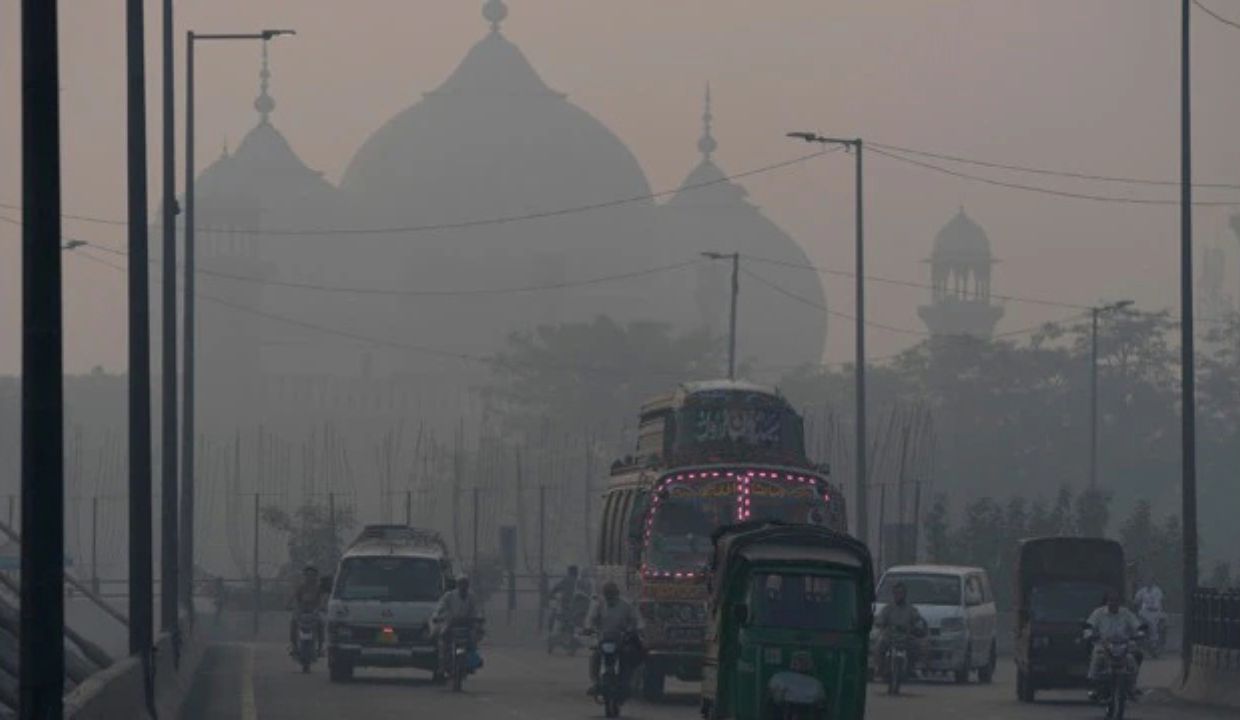


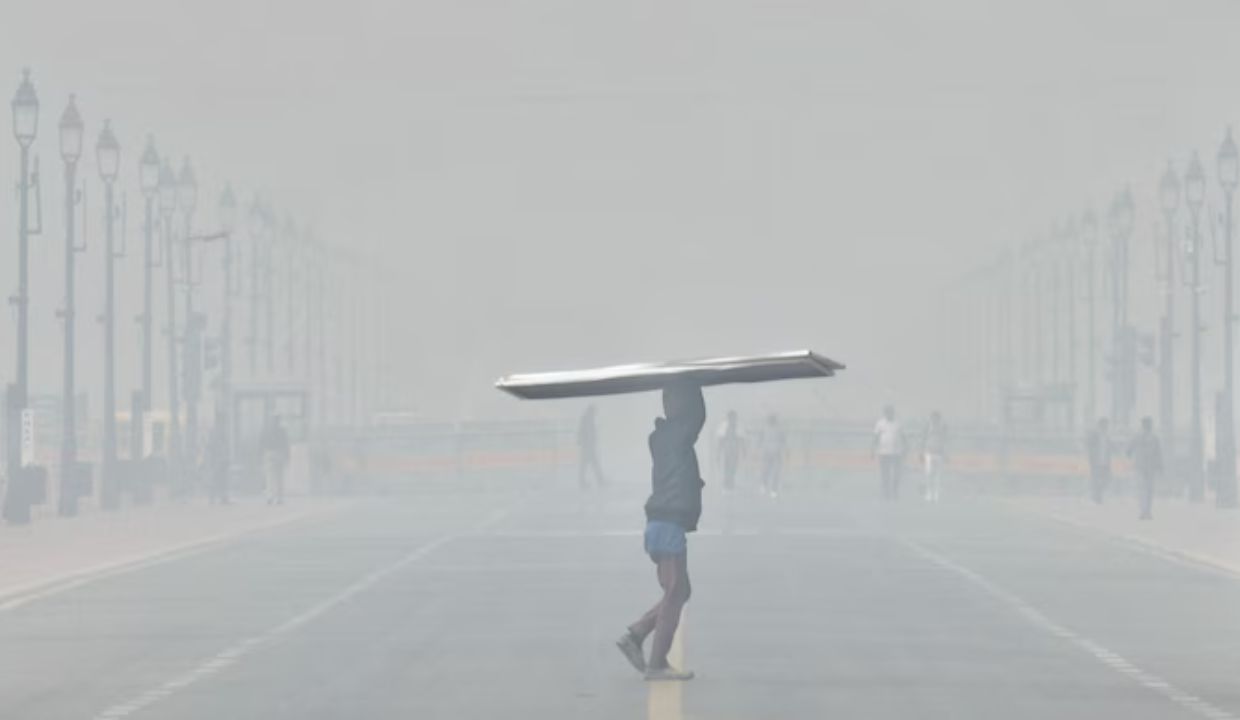








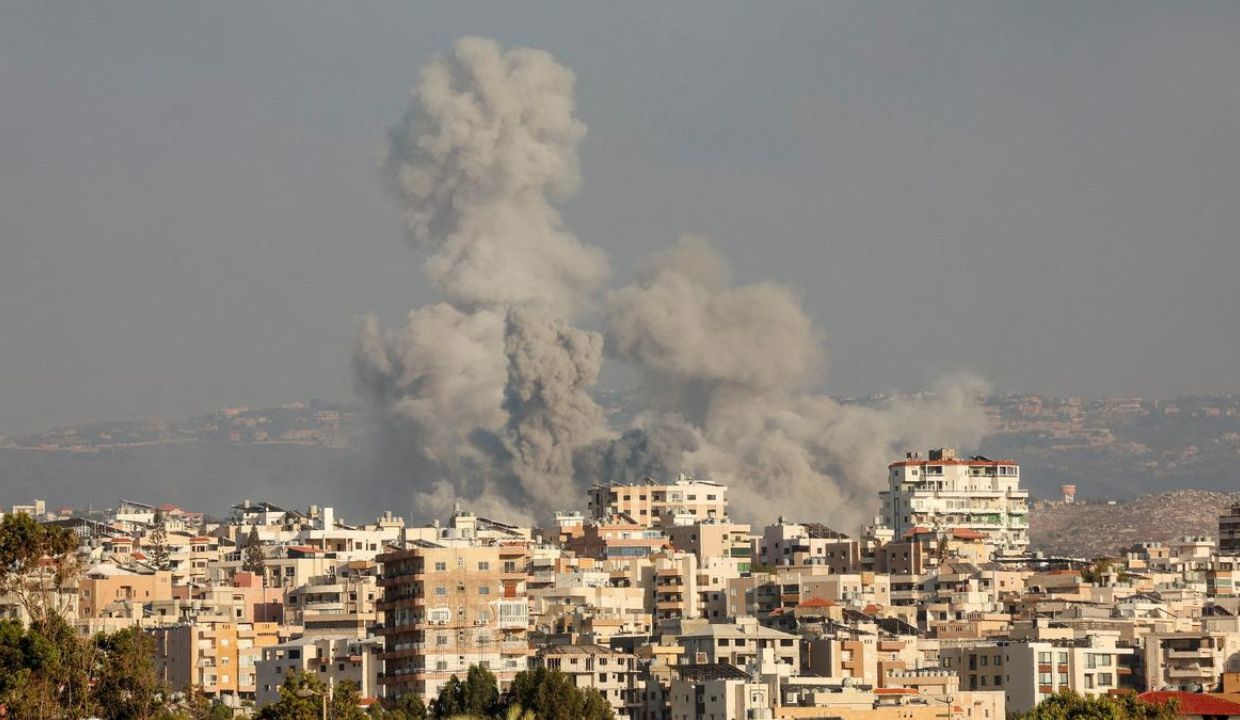








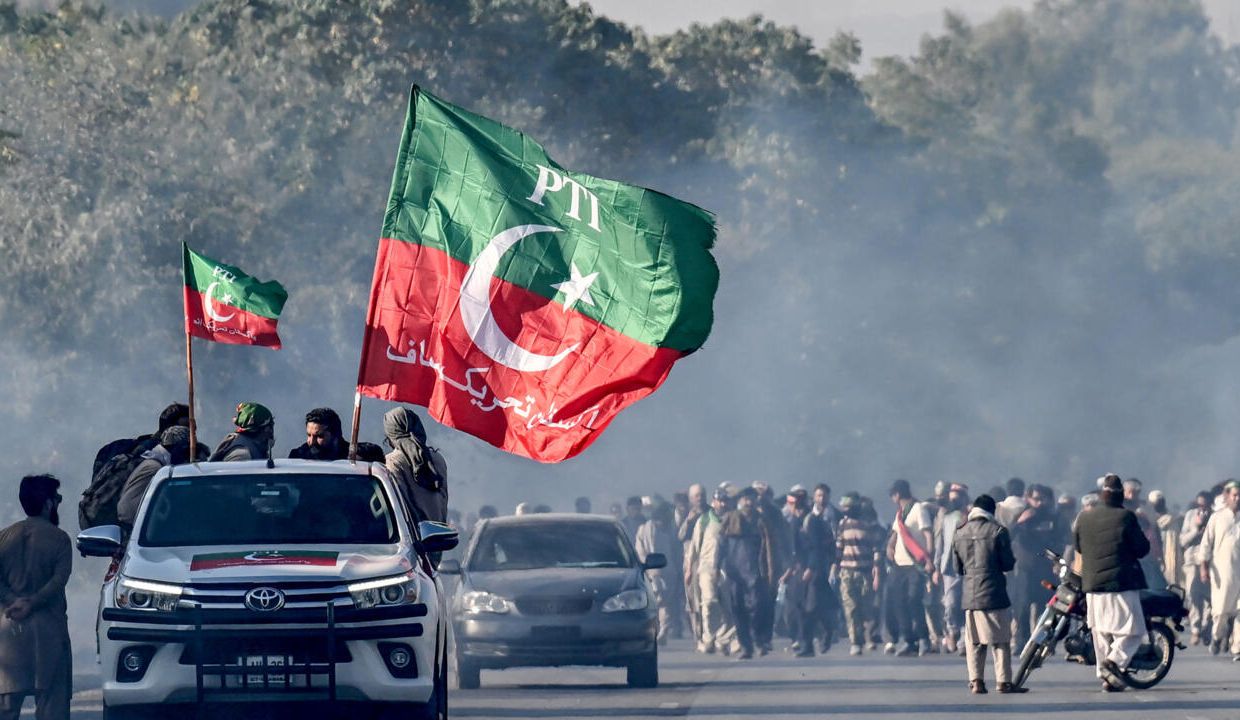





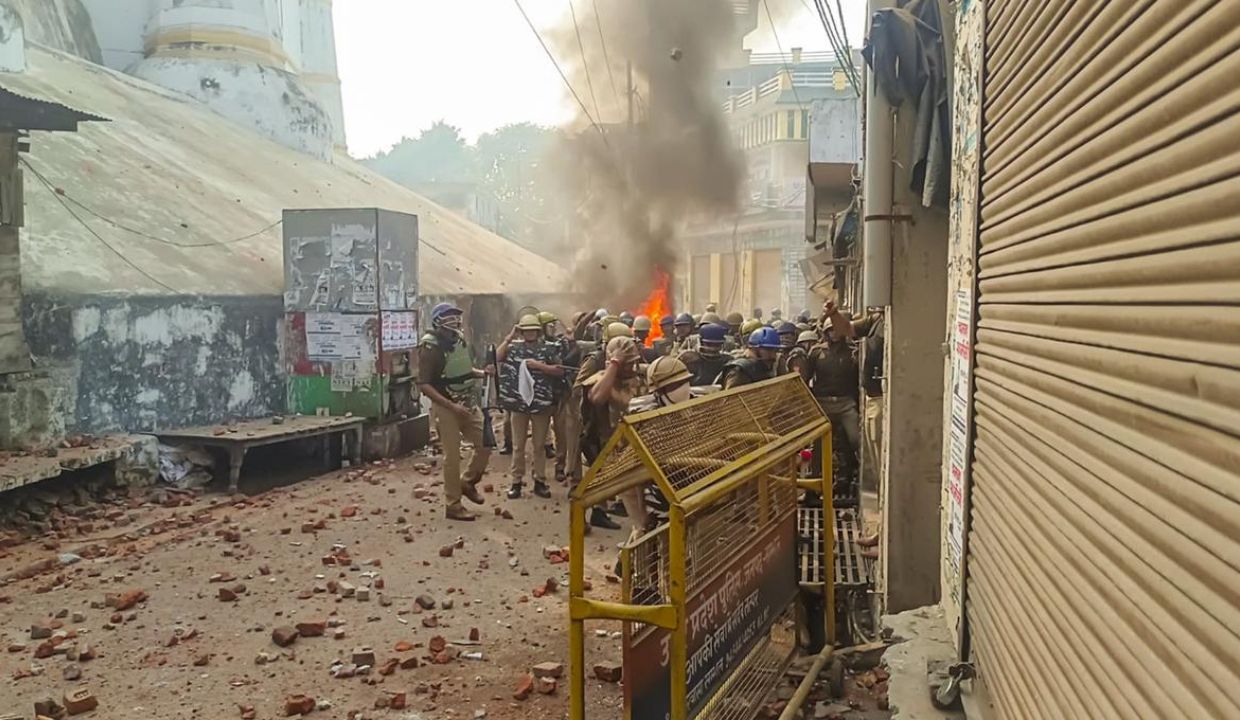





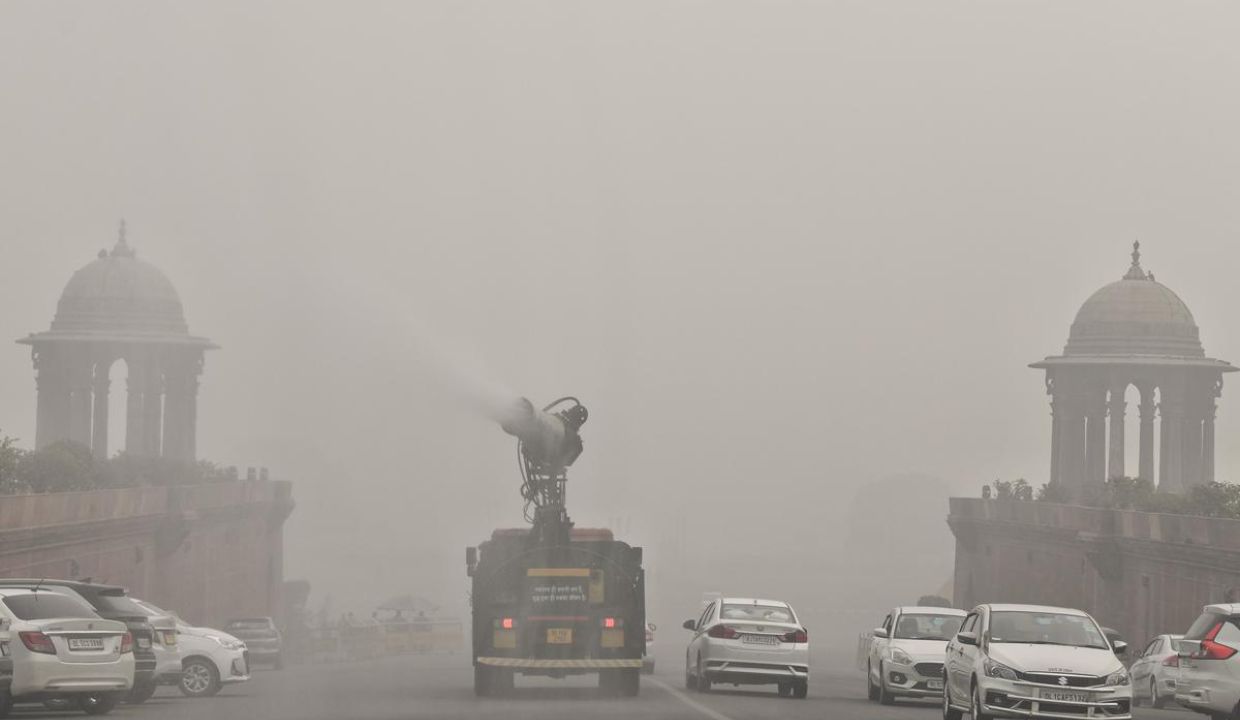











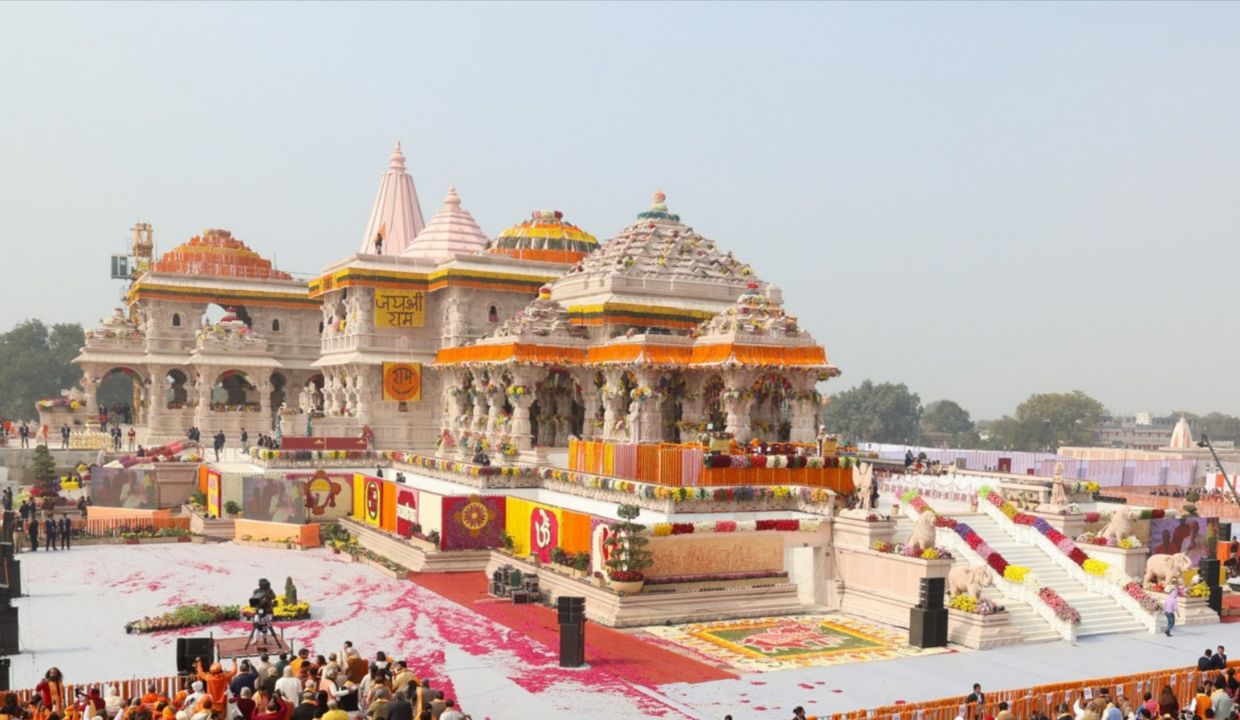





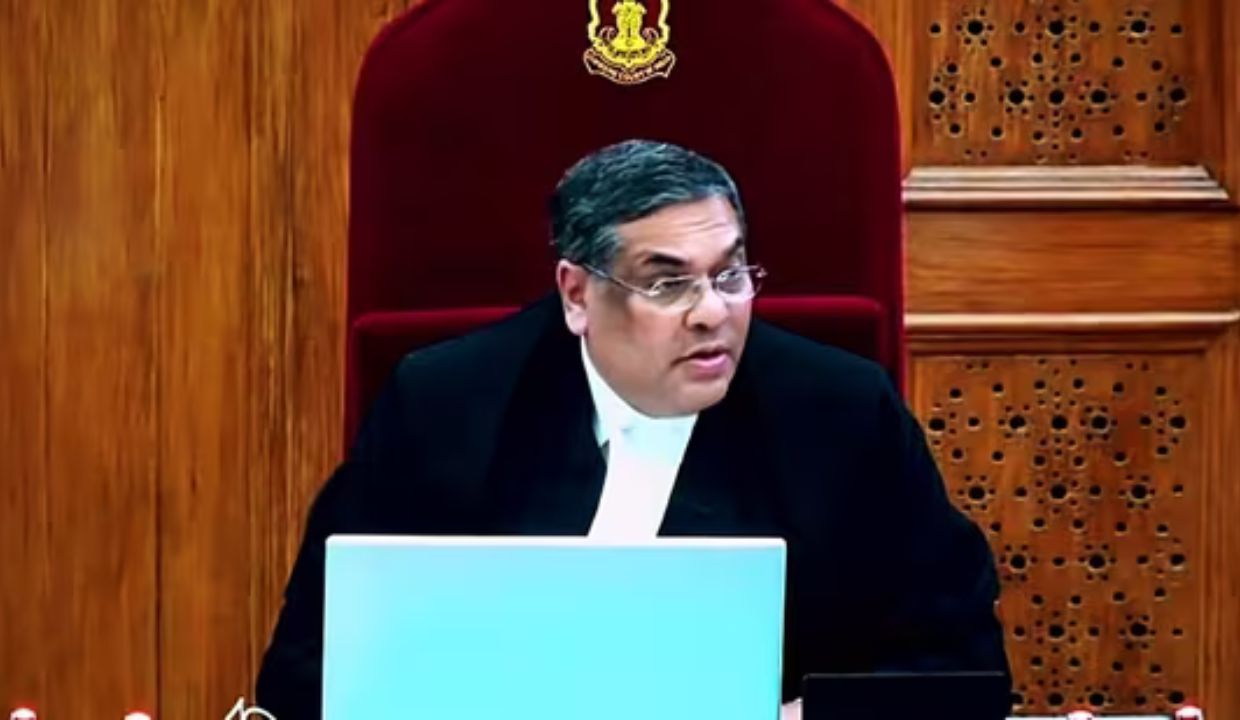

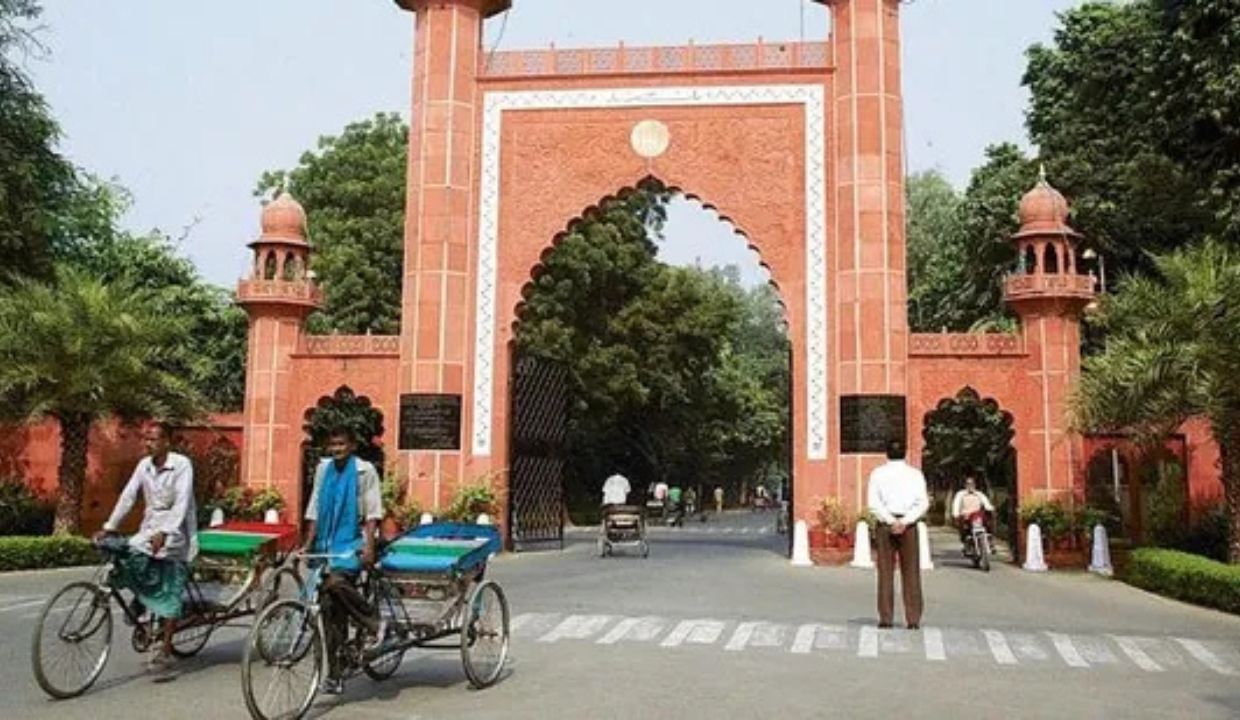



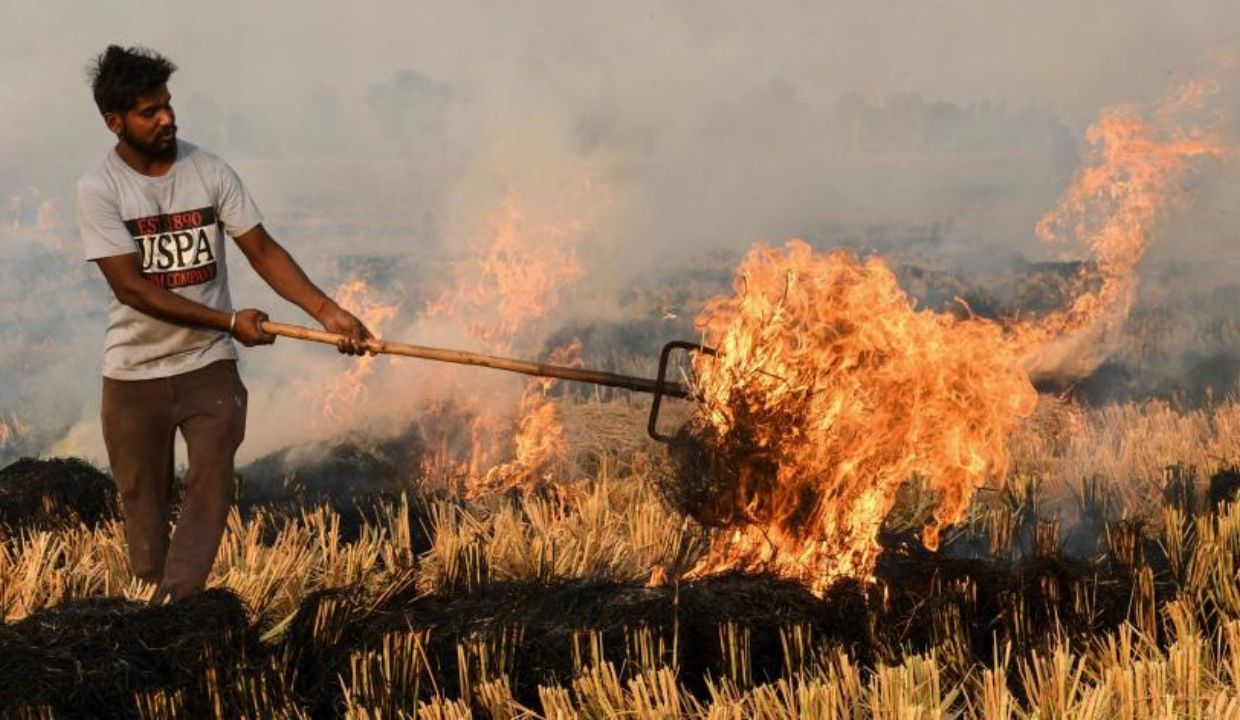
















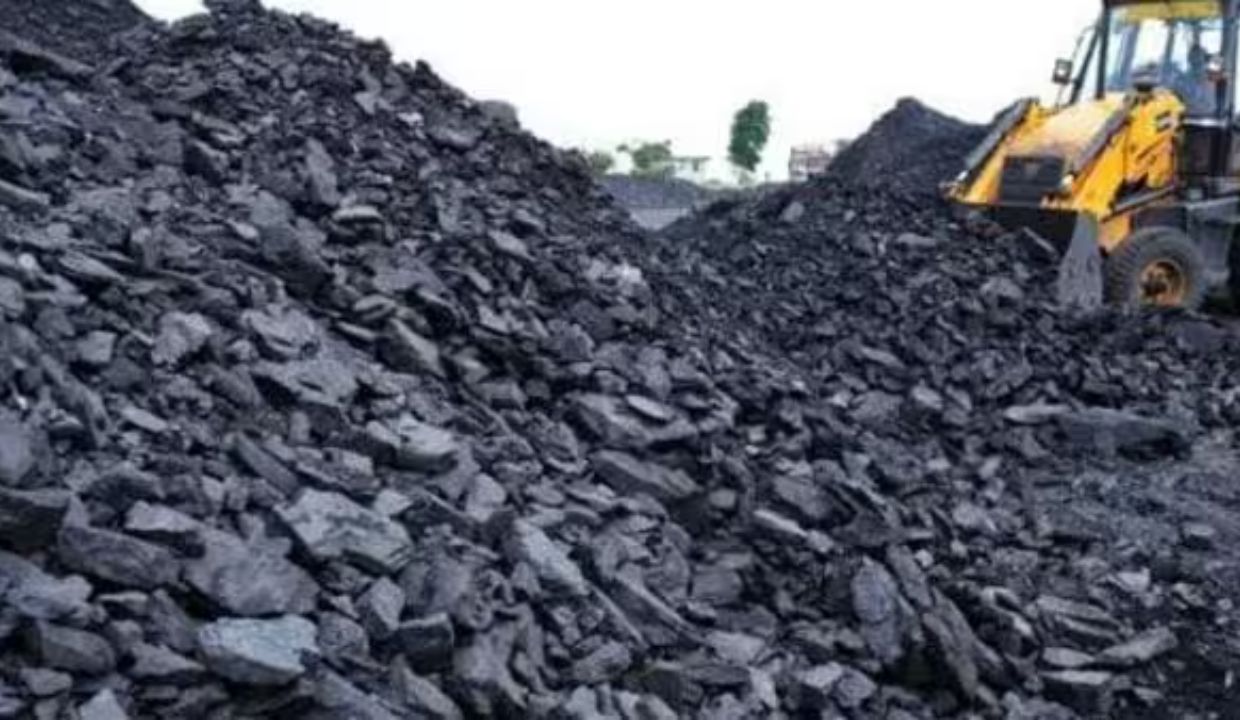
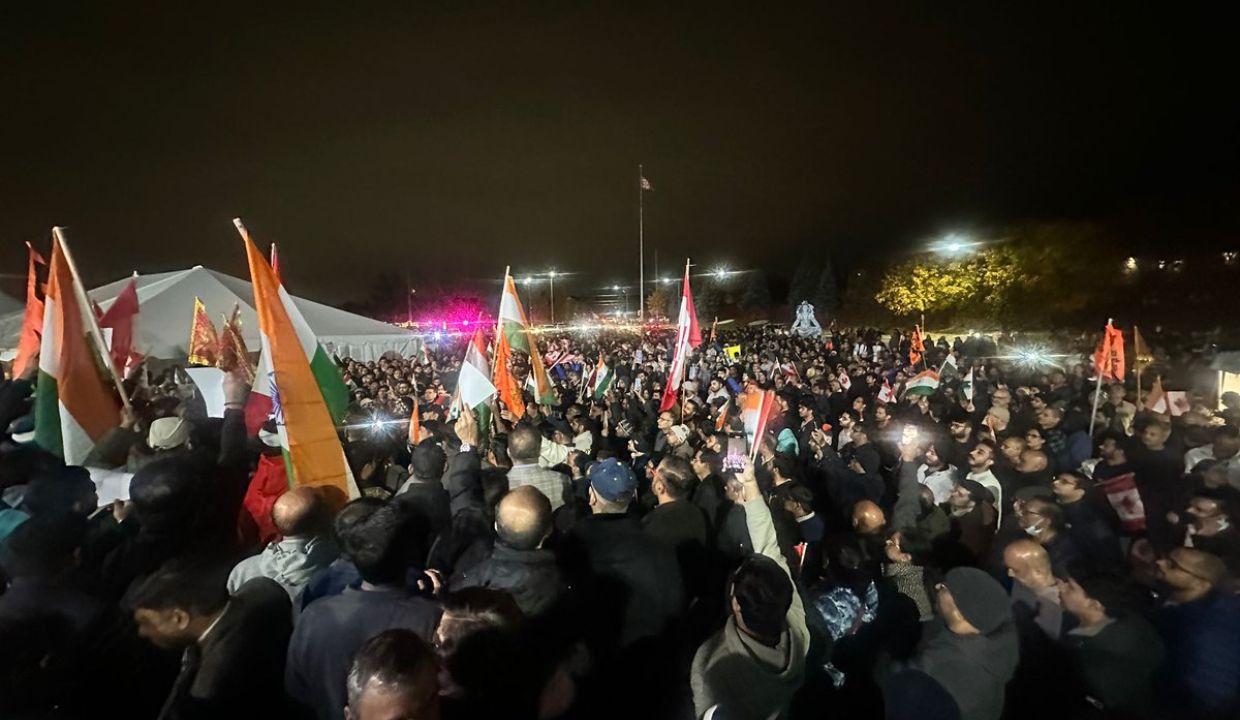
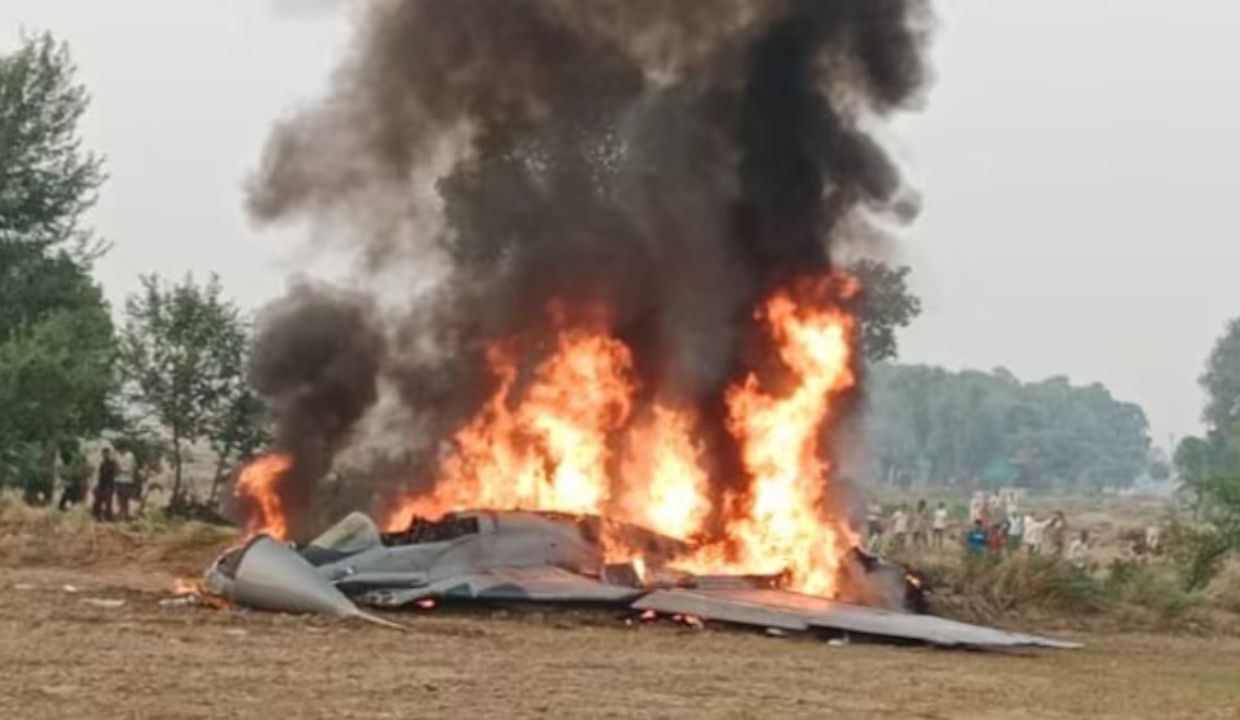


















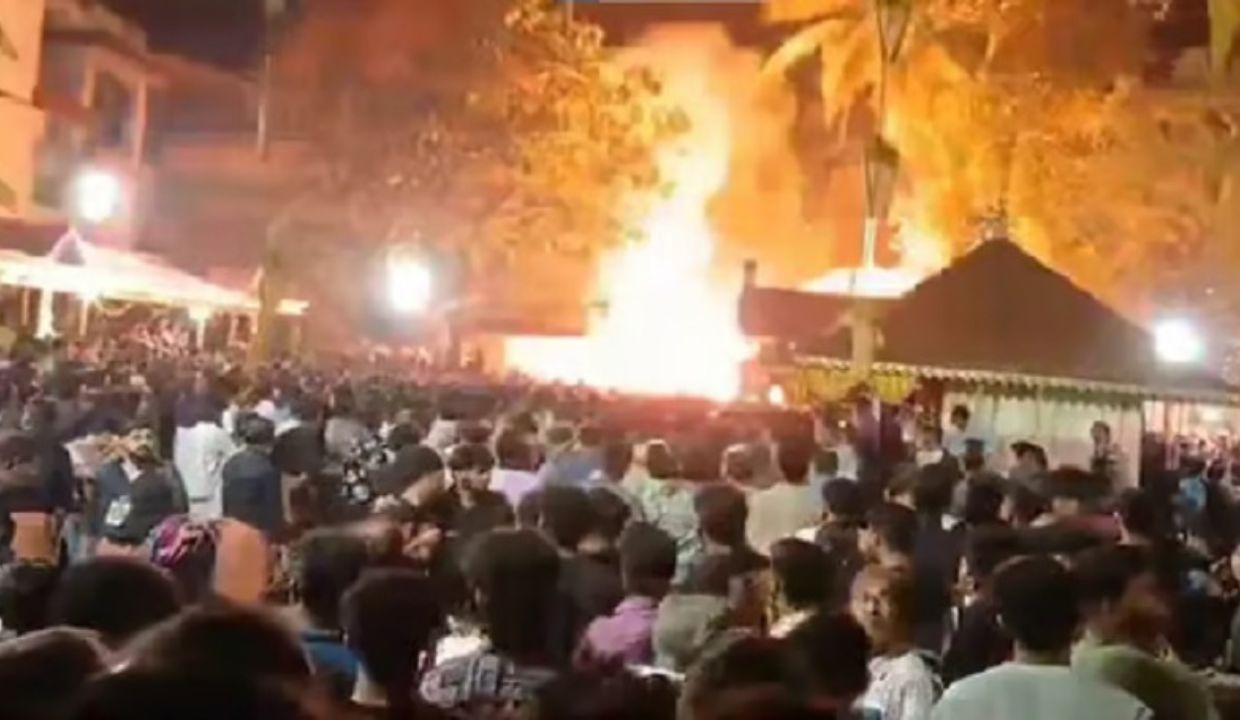

















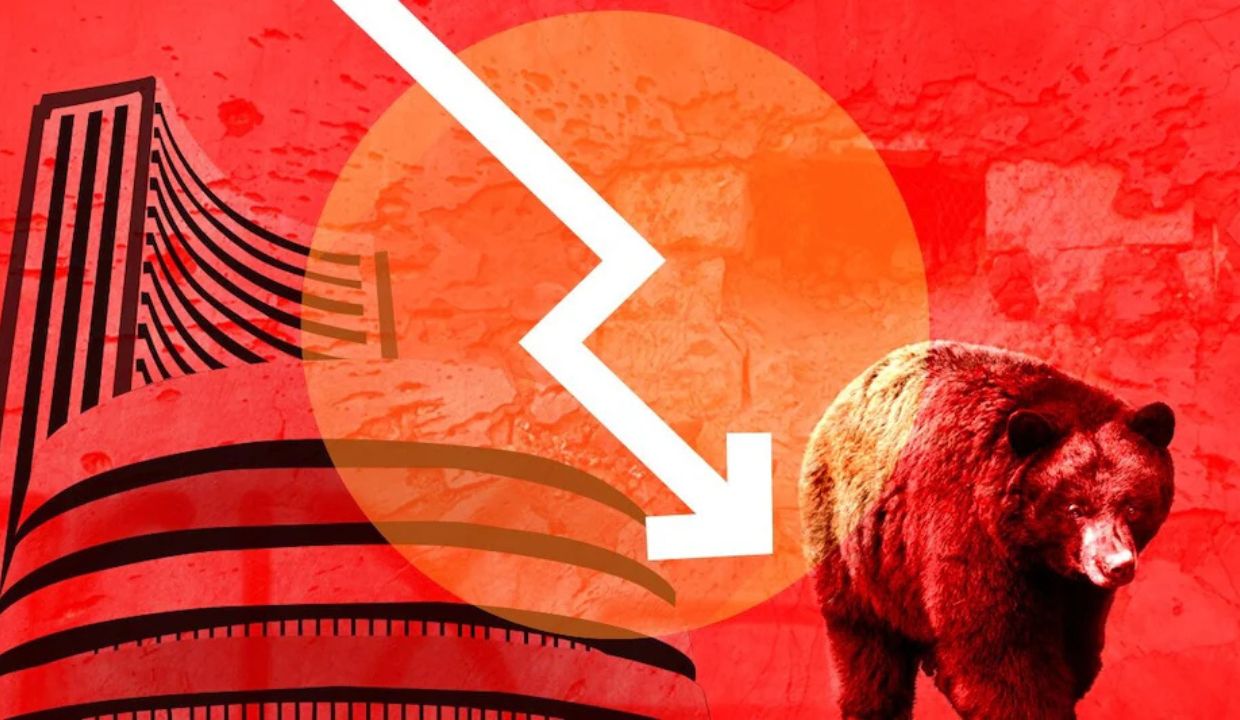













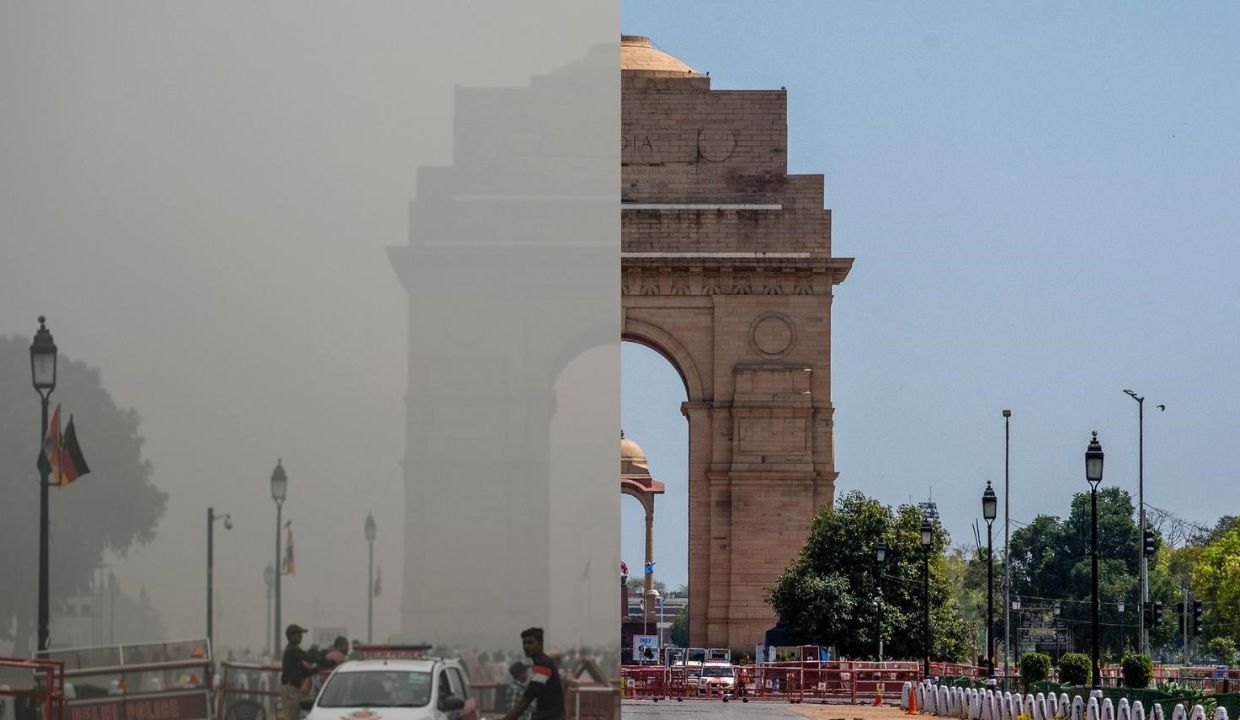






















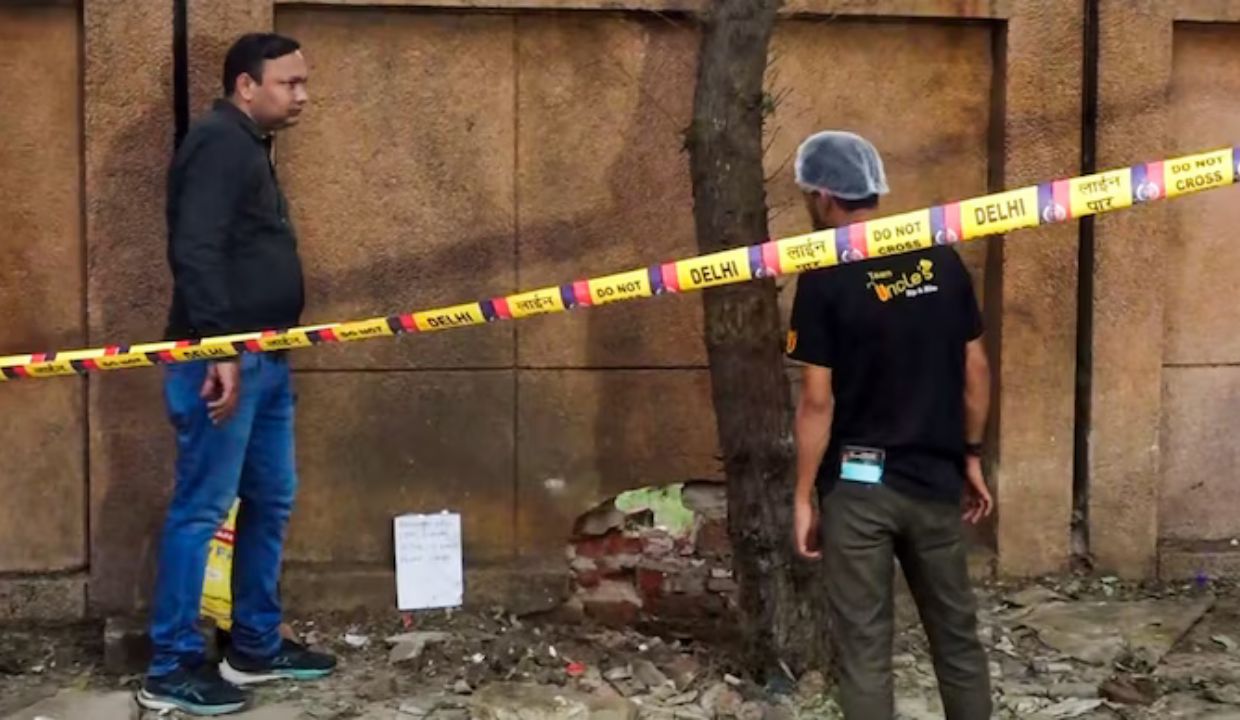










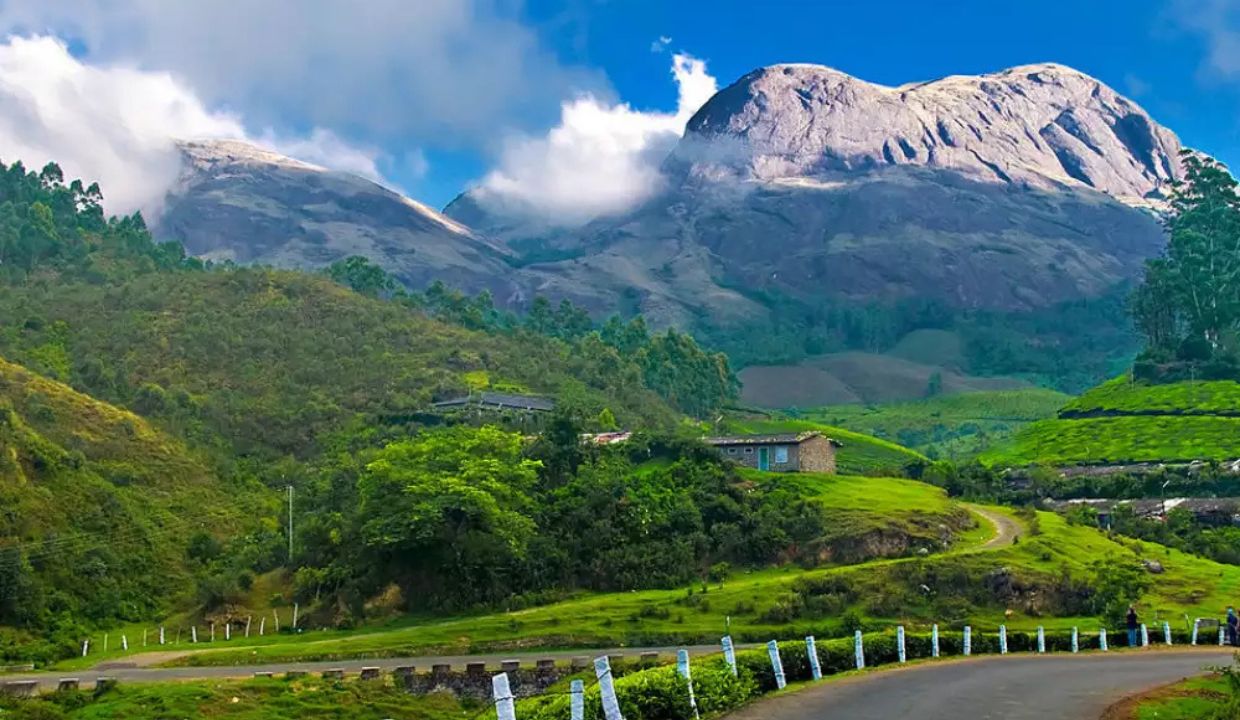


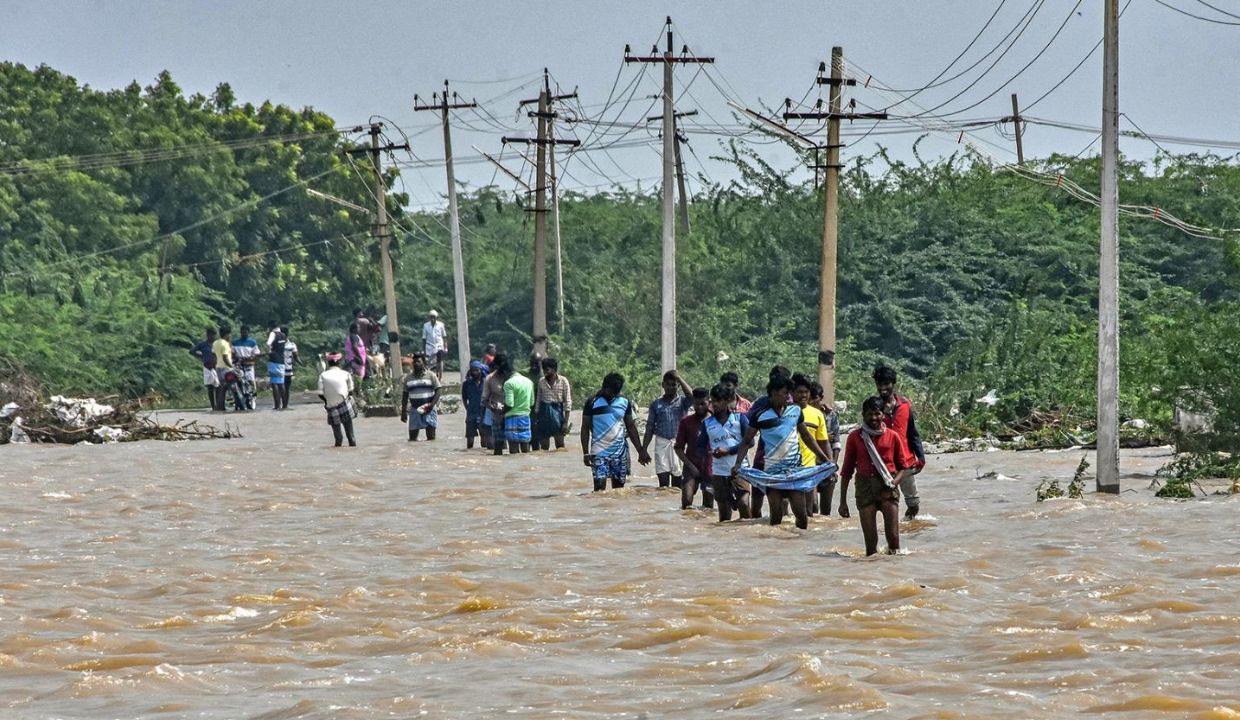






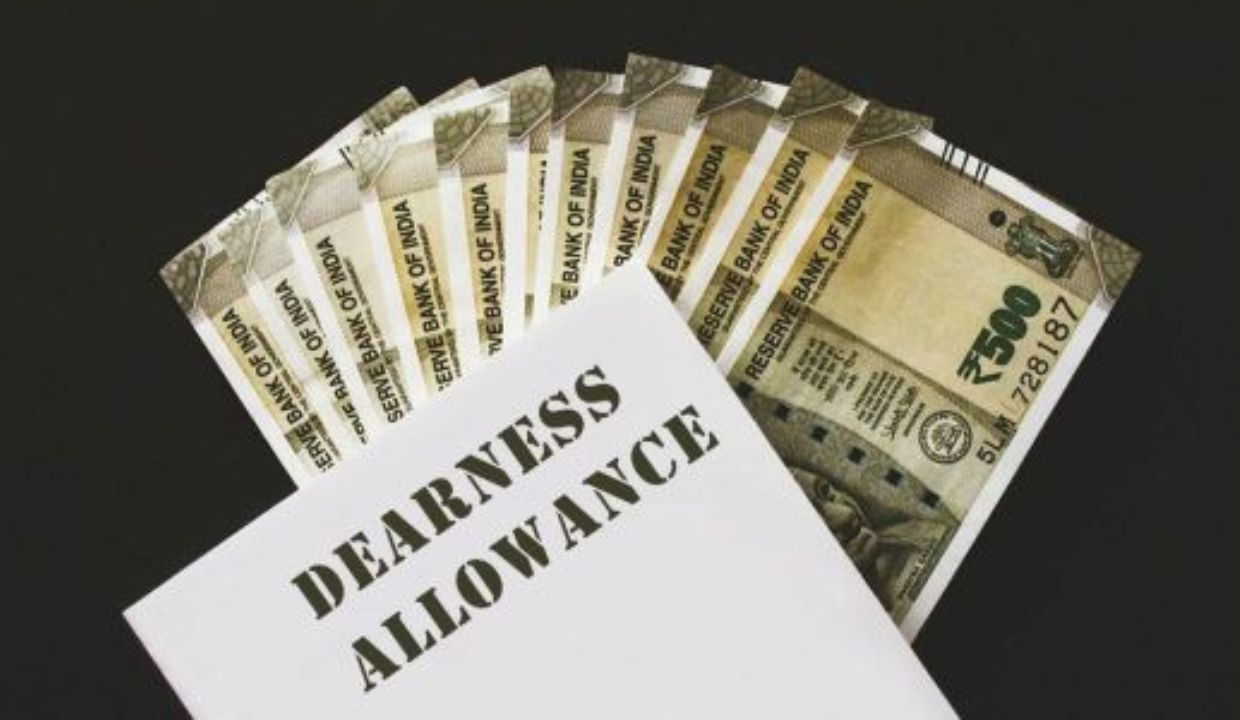



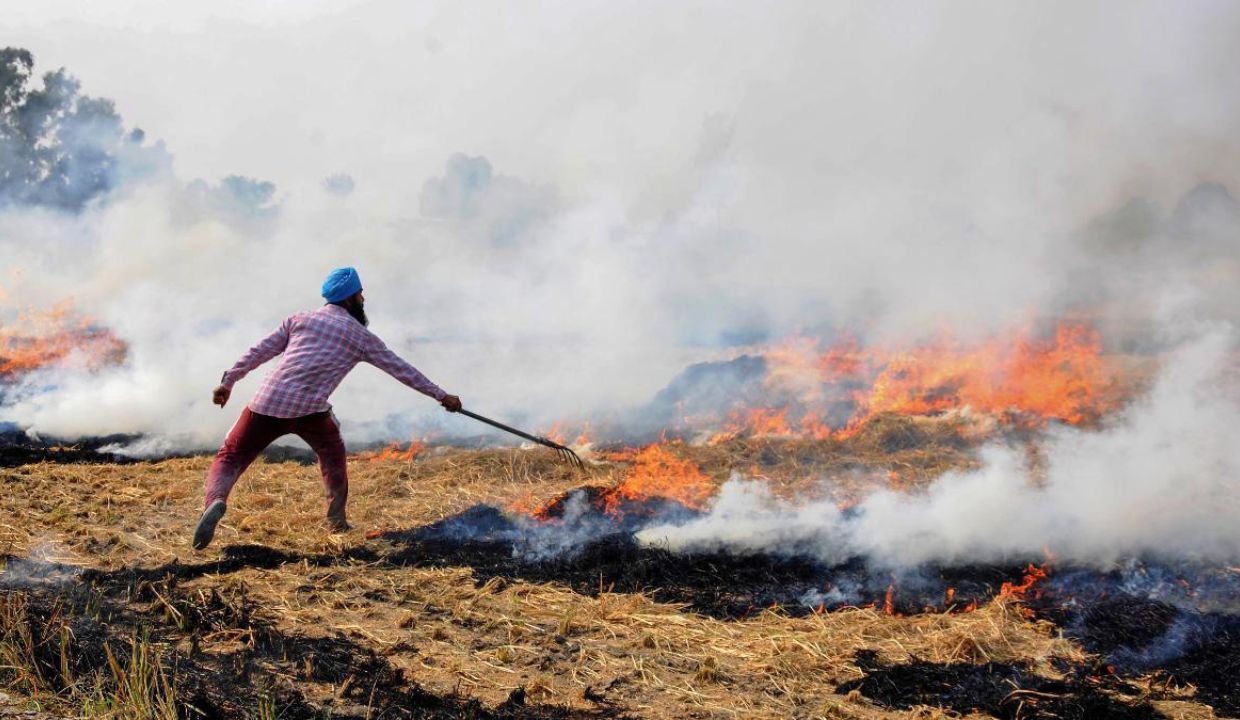













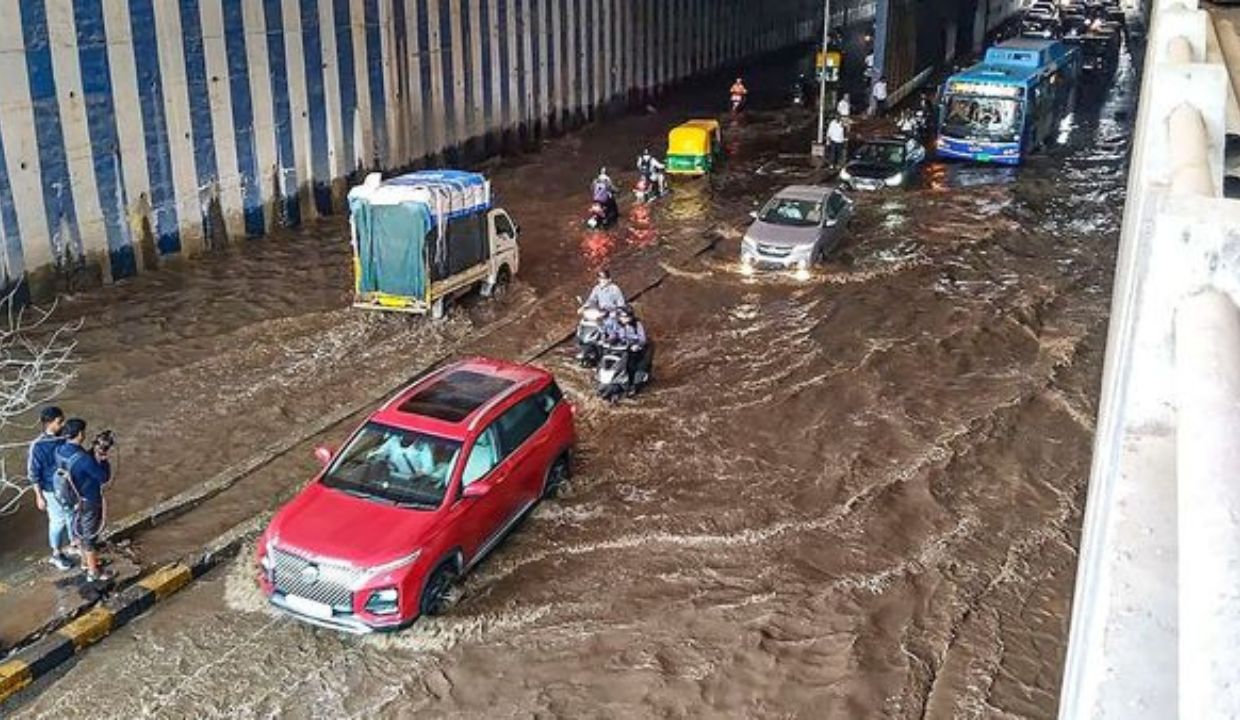
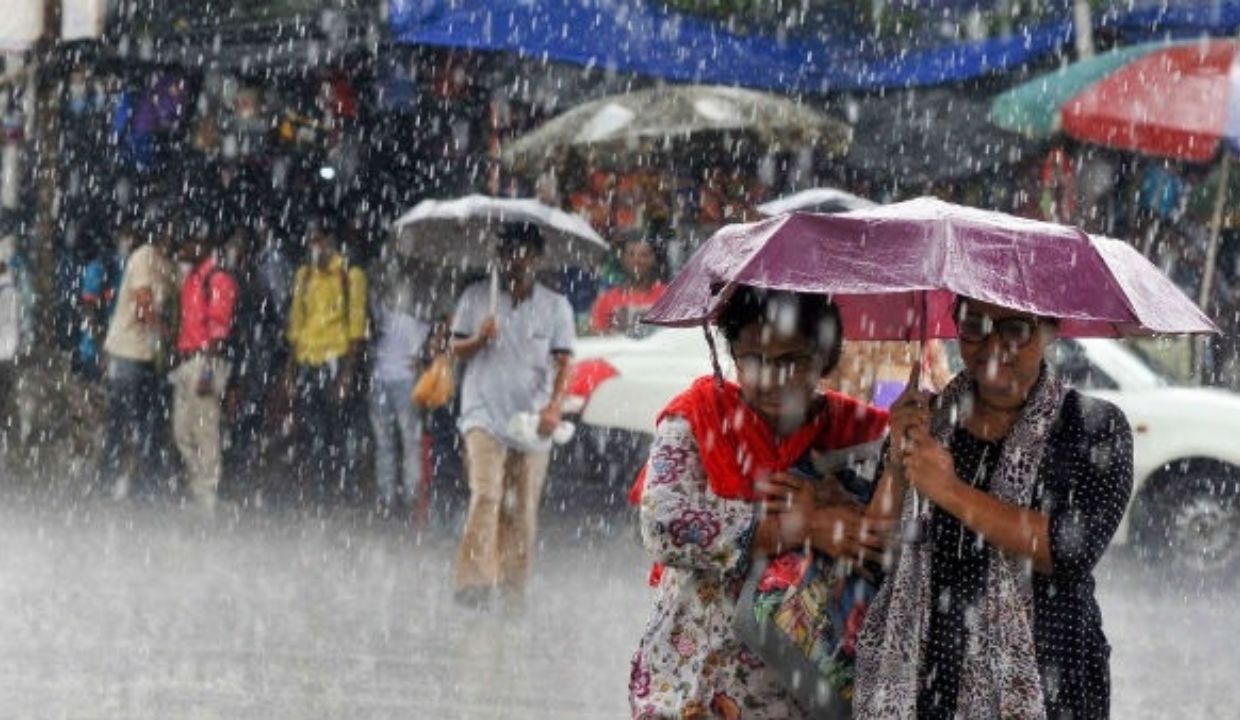


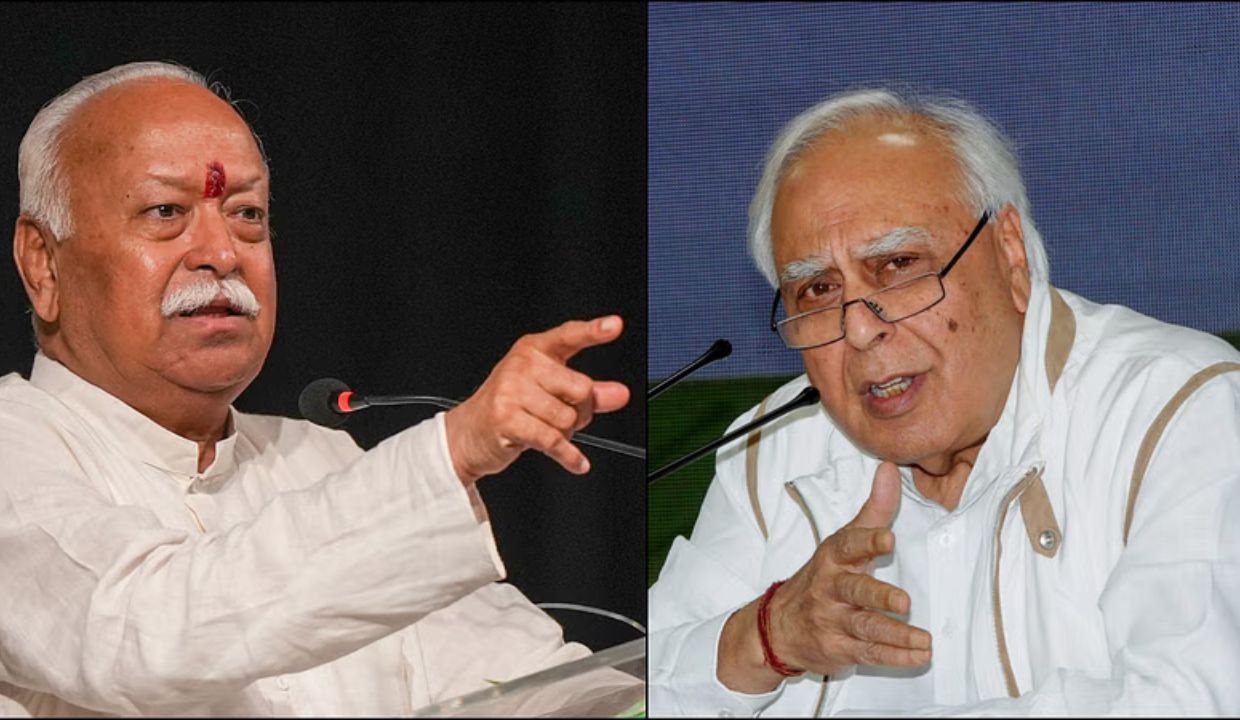



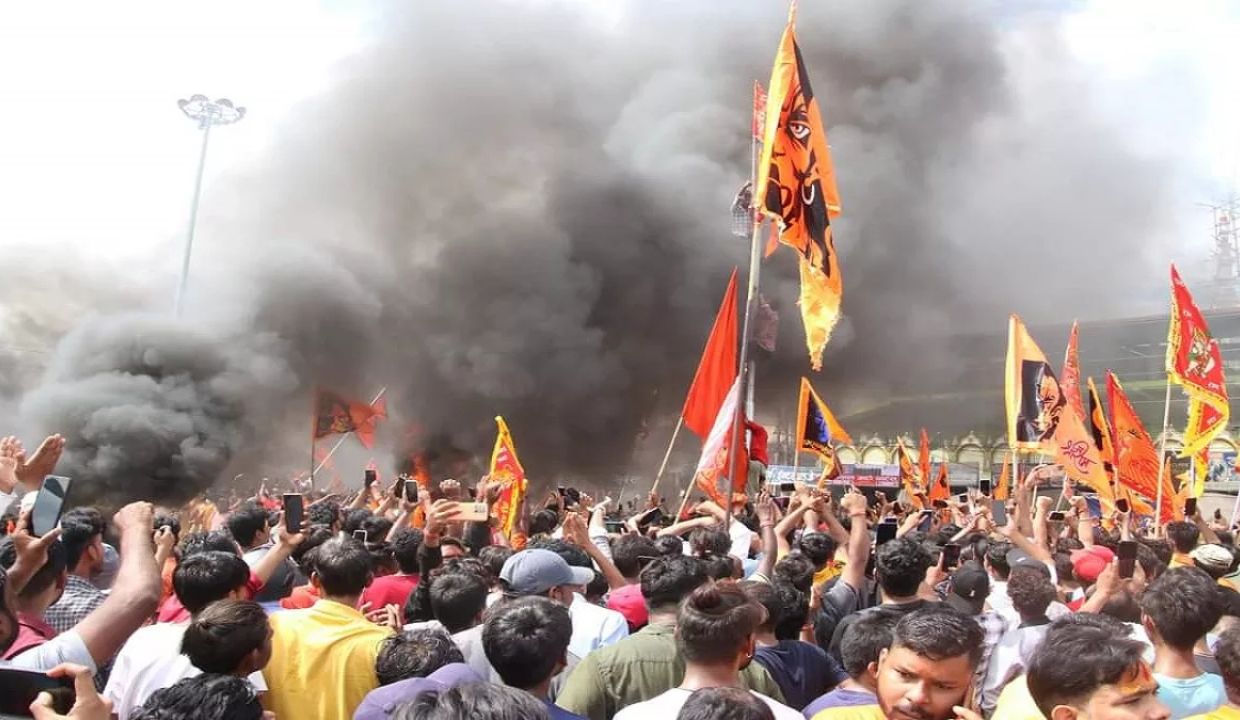












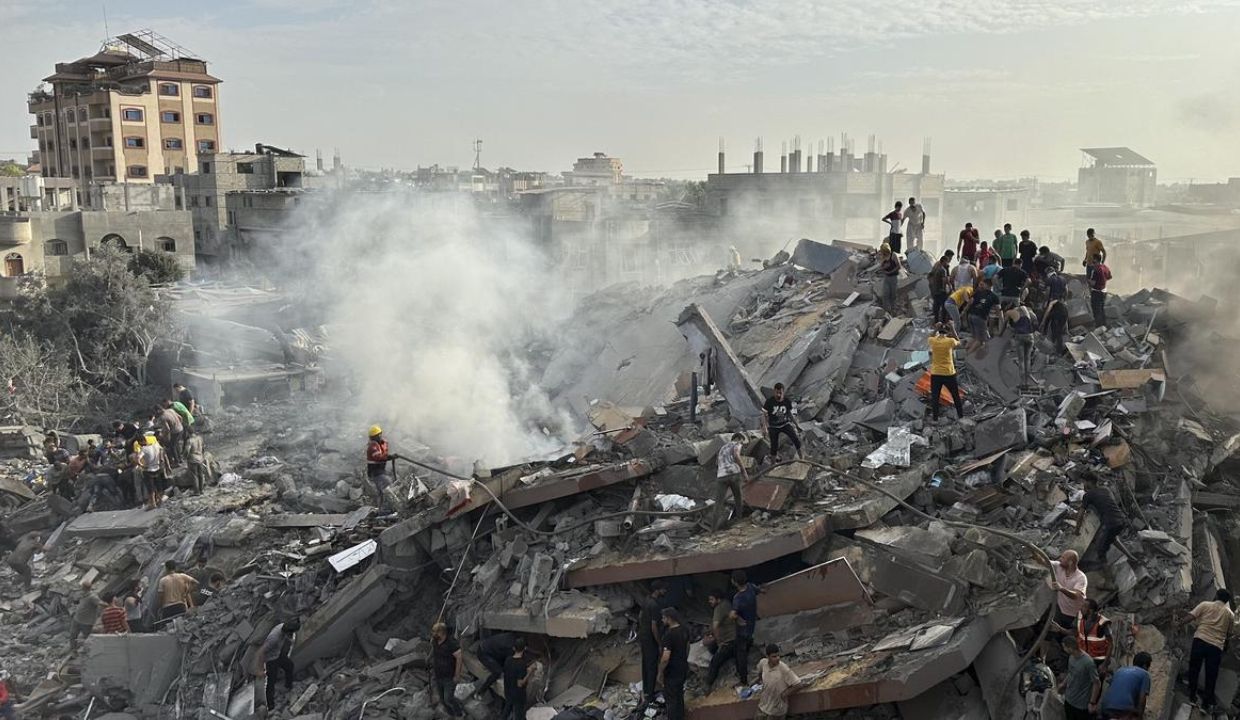








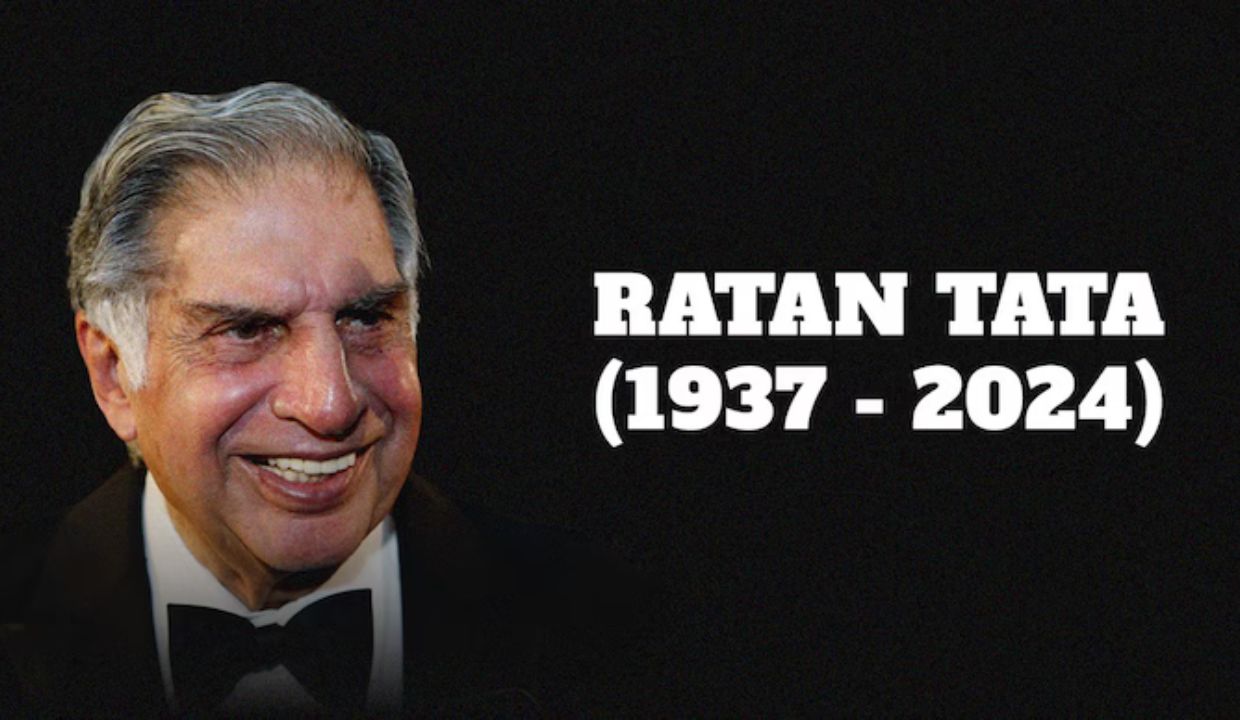

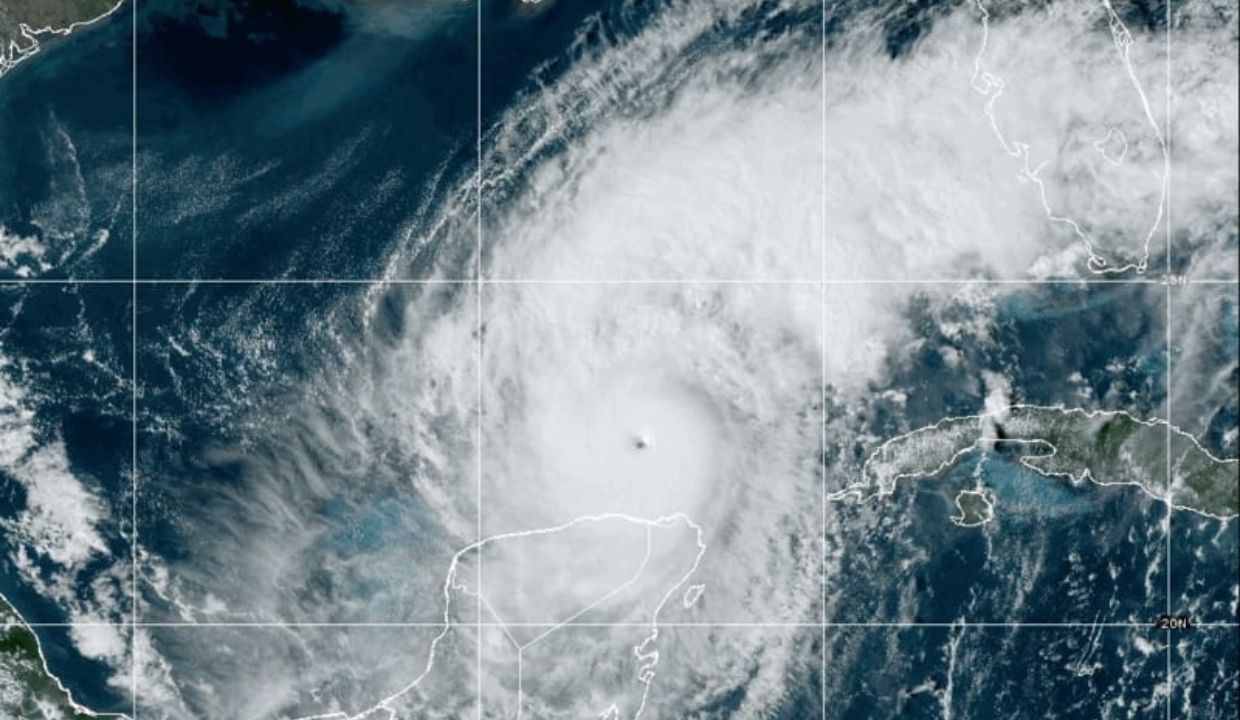








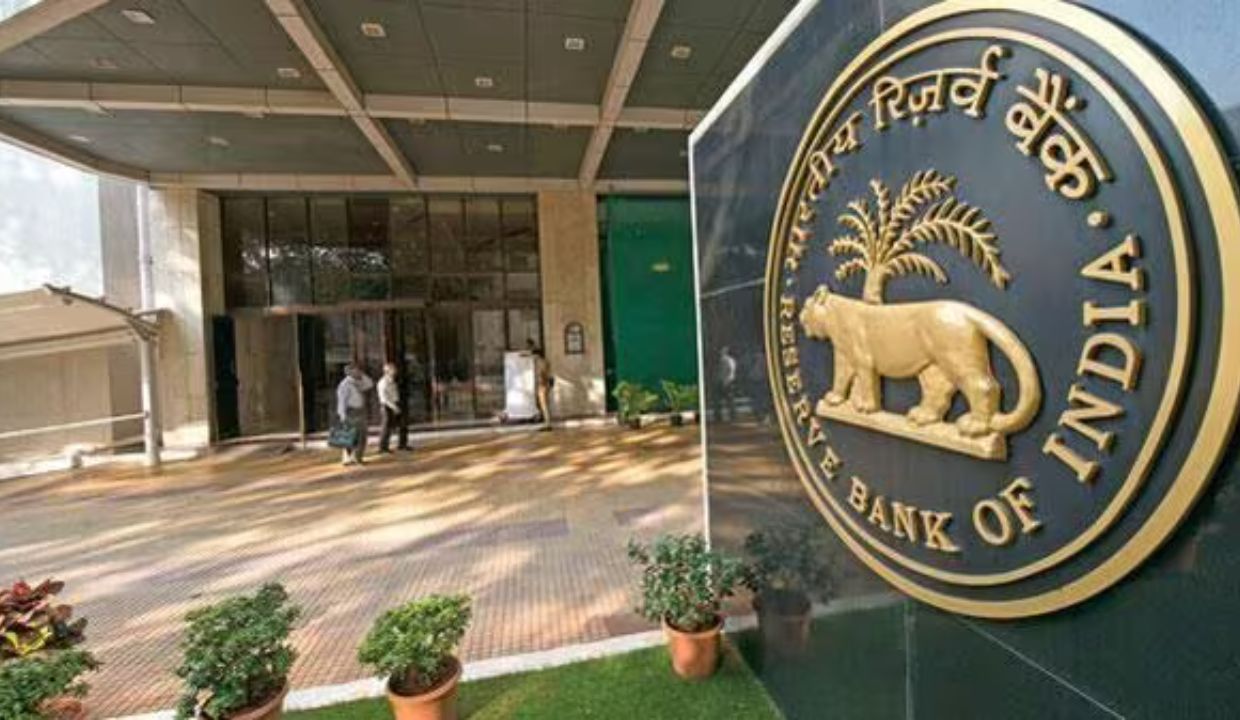

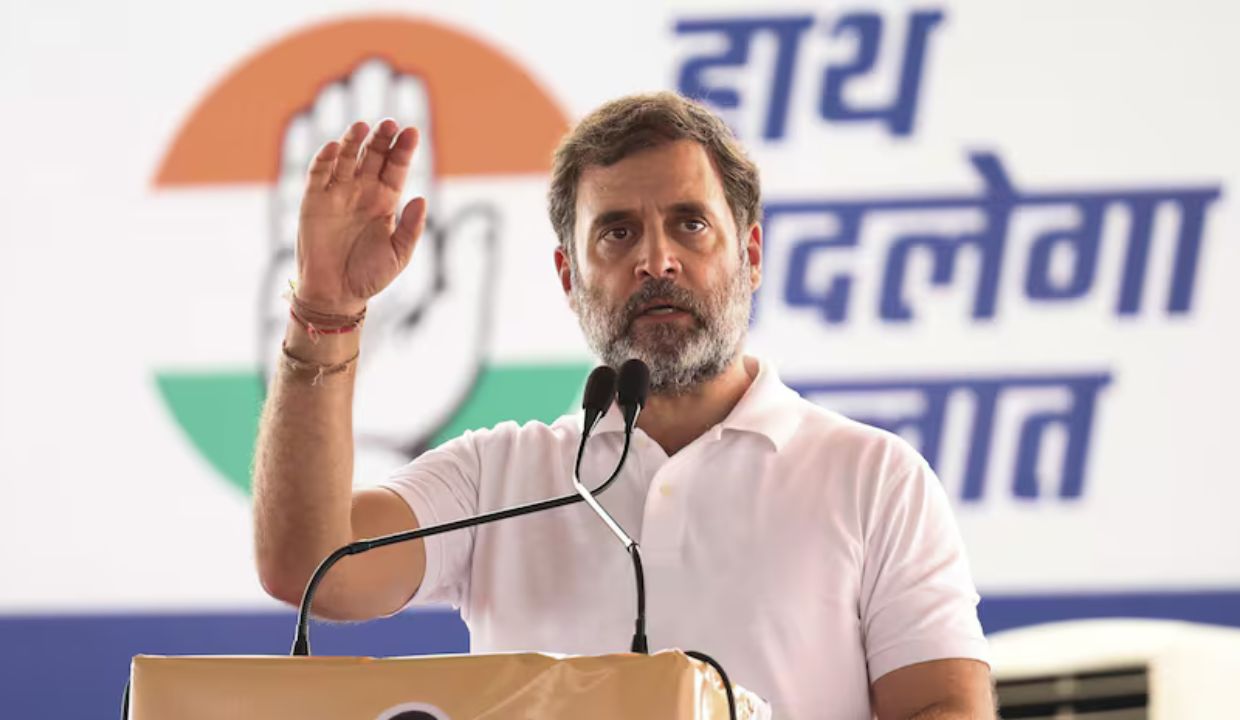






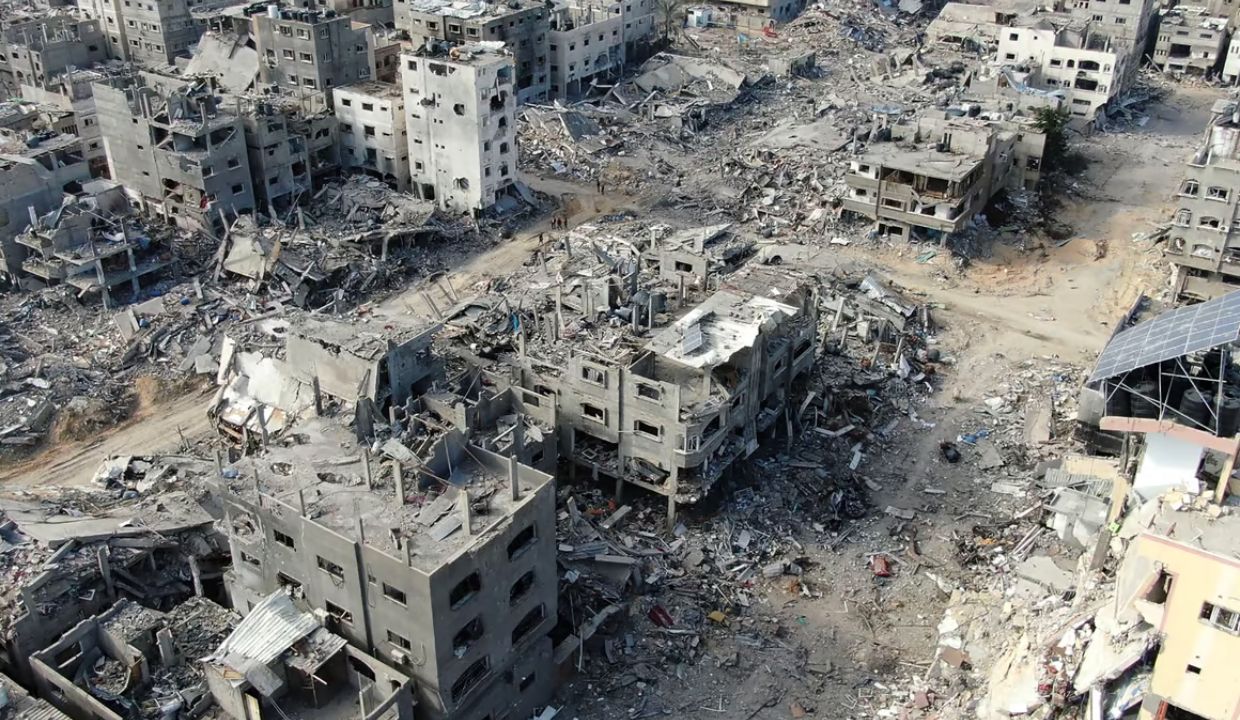






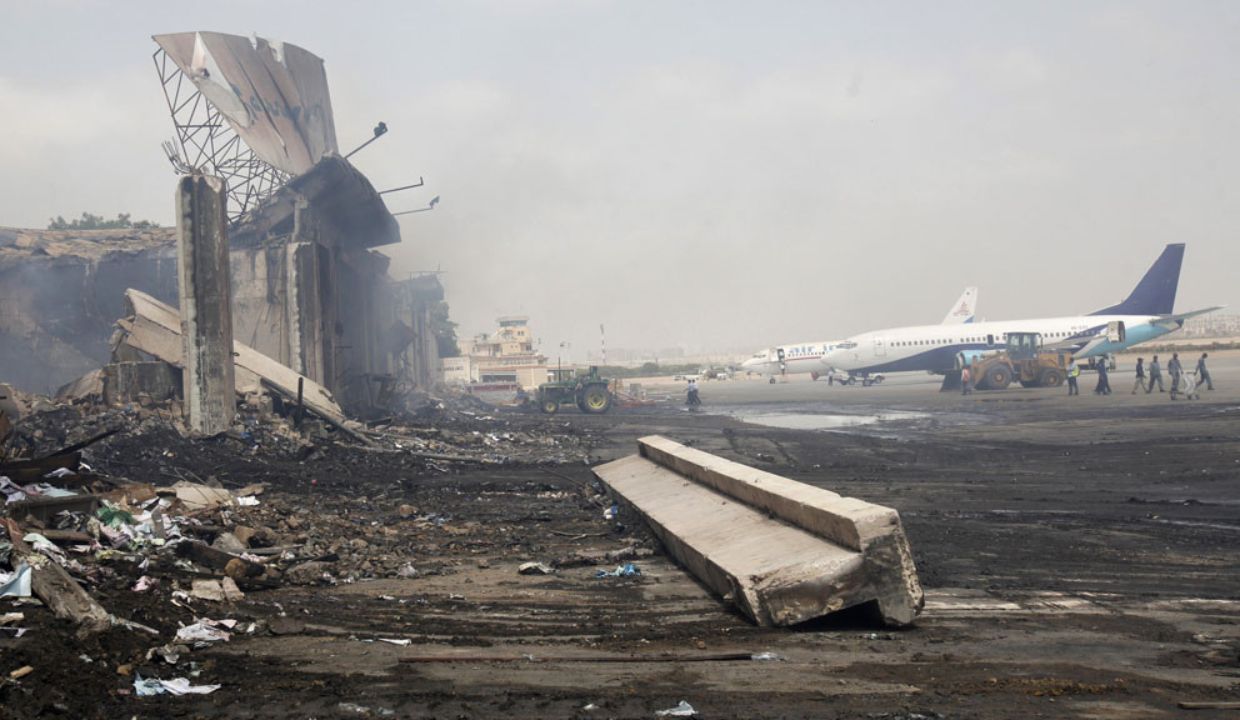


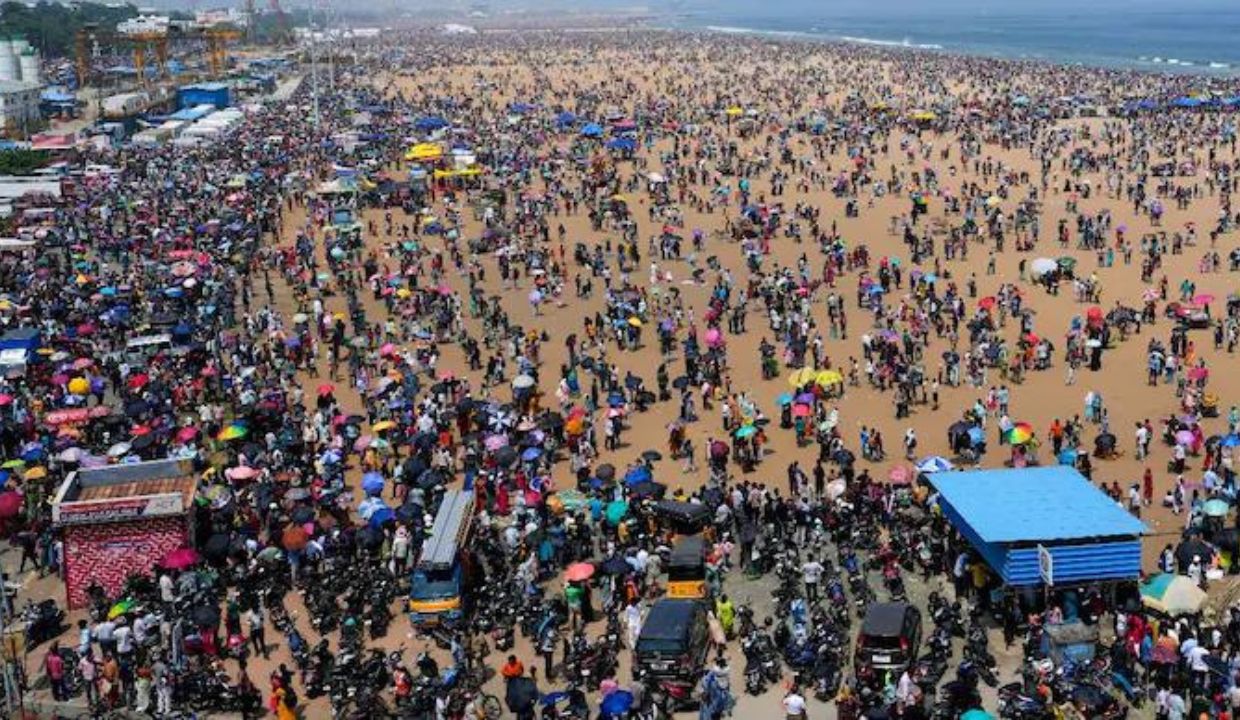







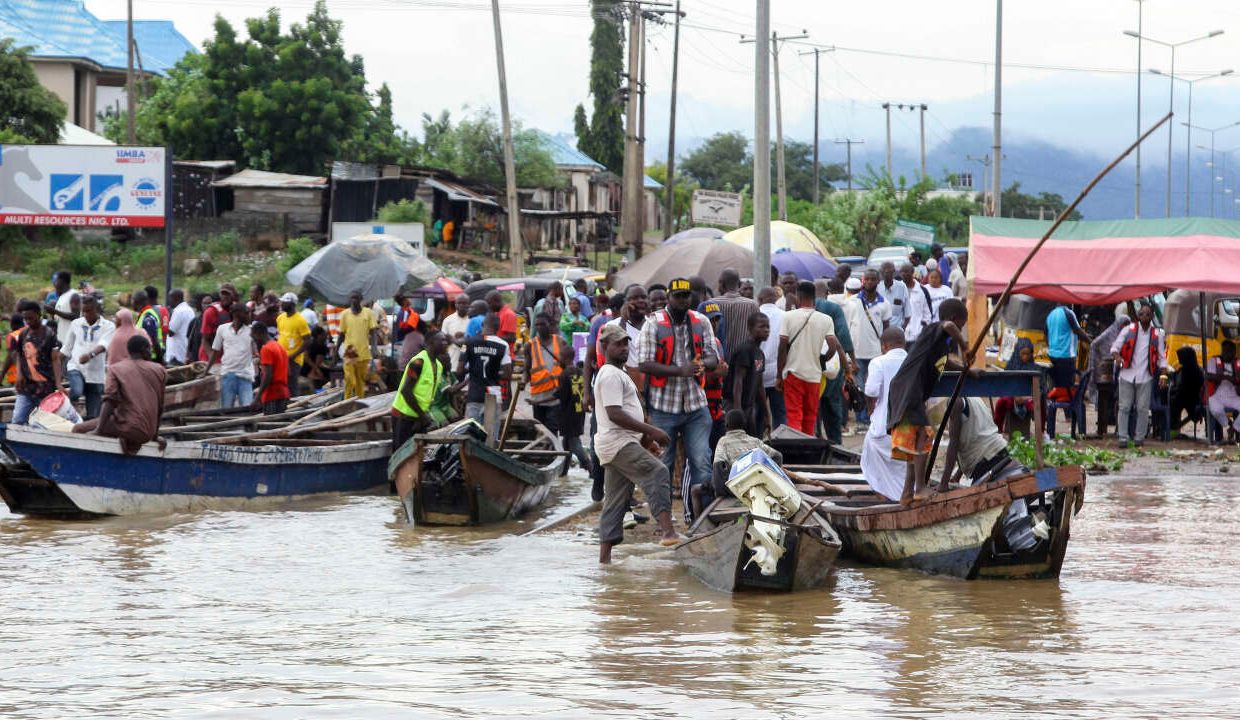














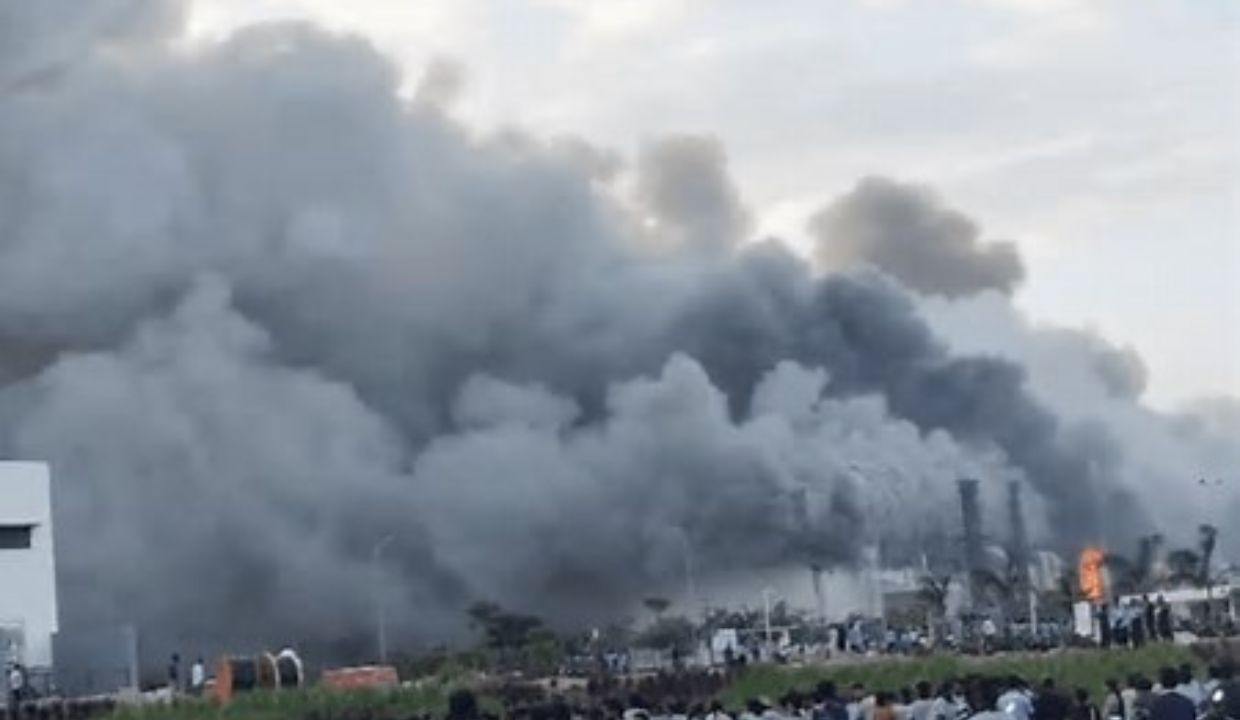




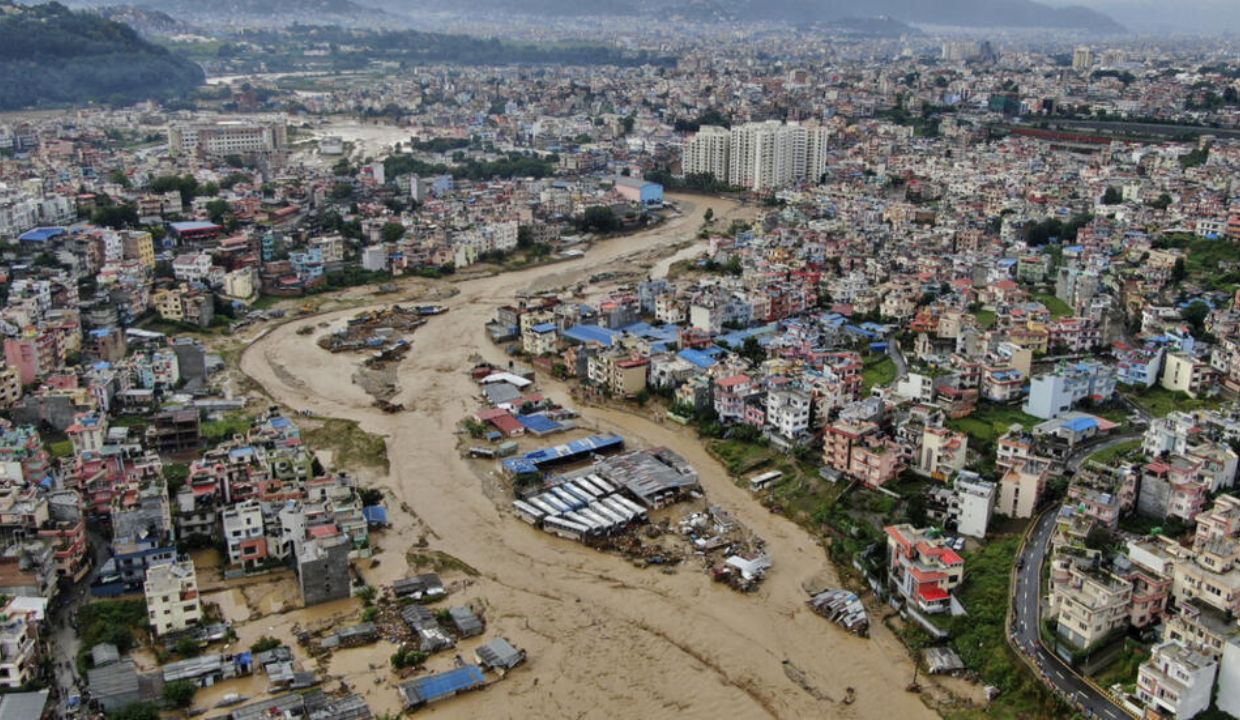



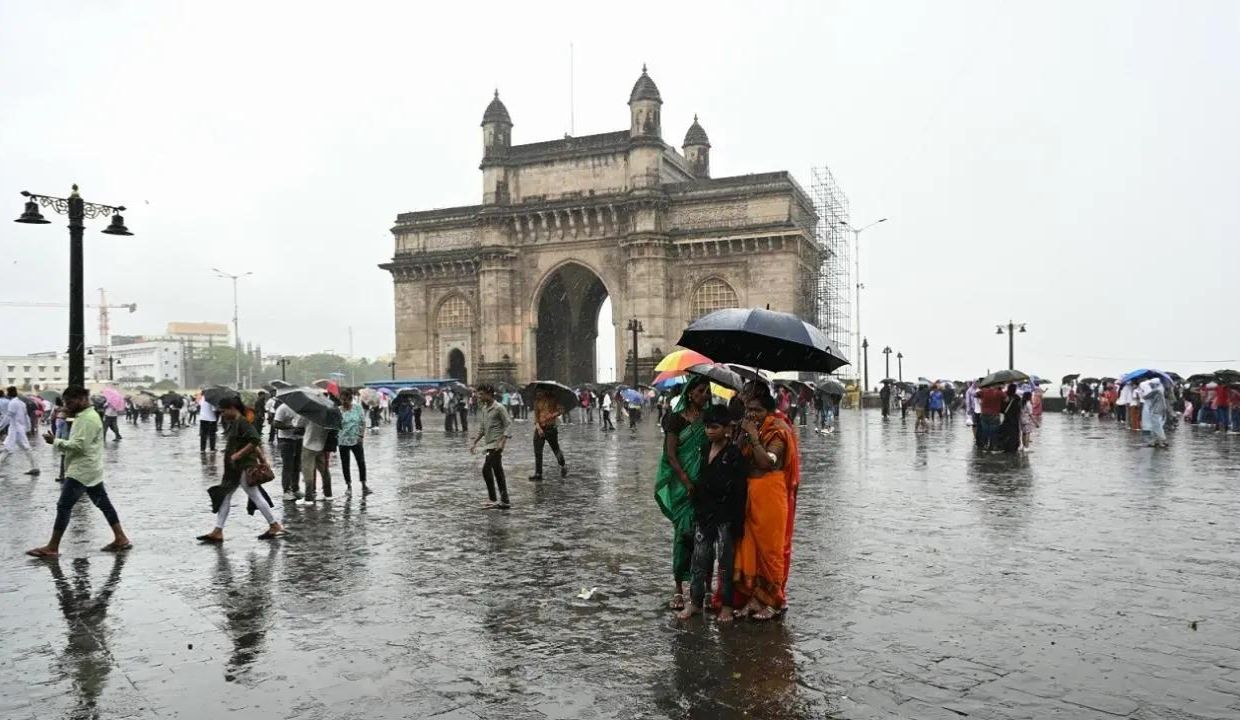



Нейросетевые поисковые системы для поиска информации становятся всё более популярными. Они помогают находить публичные данные из интернета. Такие инструменты применяются для аналитики. Они способны оперативно систематизировать большие объёмы информации. <a href="https://t.me/glasbogacorp">глаз бога пробив тг</a> Это позволяет сформировать более полную картину событий. Некоторые системы также предлагают инструменты фильтрации. Такие боты широко используются среди специалистов. Совершенствование технологий делает поиск информации доступным и наглядным.
Интеллектуальные поисковые системы для поиска информации становятся всё более популярными. Они дают возможность изучать открытые данные из социальных сетей. Такие боты применяются для аналитики. Они могут оперативно анализировать большие объёмы контента. <a href="https://t.me/glasbogabit">glasboga</a> Это позволяет получить более полную картину событий. Отдельные системы также включают функции визуализации. Такие боты широко используются среди специалистов. Эволюция технологий позволяет сделать поиск информации эффективным и удобным.
Подбор специалиста — серьёзный шаг на пути к укреплению психологического здоровья. Прежде всего стоит понять свои потребности и ожидания от консультации с экспертом. Хорошо оценить квалификацию и специализацию специалиста. Рекомендации других клиентов могут подсказать сделать выбор более осознанным. https://simonjsyd96307.spintheblog.com/37408027/%D0%94%D0%B5%D1%82%D1%81%D0%BA%D0%B8%D0%B9-%D0%BF%D1%81%D0%B8%D1%85%D0%BE%D1%82%D0%B5%D1%80%D0%B0%D0%BF%D0%B5%D0%B2%D1%82-%D0%B2-%D0%9C%D0%BE%D1%81%D0%BA%D0%B2%D0%B5-%D0%9A%D0%BB%D0%B8%D0%BD%D0%B8%D0%BA%D0%B0-%D0%BC%D0%B5%D0%BD%D1%82%D0%B0%D0%BB%D1%8C%D0%BD%D0%BE%D0%B3%D0%BE-%D0%B7%D0%B4%D0%BE%D1%80%D0%BE%D0%B2%D1%8C%D1%8F Также следует учитывать техники, которыми работает психолог. Первая сессия помогает почувствовать, насколько есть доверие общения. Следует осознавать стоимость и формат приёма (например, удалённо). Взвешенный выбор психолога поможет ускорить процесс изменений.
Выбор психолога — ответственный этап на пути к поддержанию душевного здоровья. Сначала стоит уточнить свои потребности и ожидания от работы с психологом. Полезно оценить подготовку и стаж консультанта. Отзывы прошлых клиентов могут помочь сделать выбор более обоснованным. https://dominickzhpu52963.blogkoo.com/%D0%92%D1%80%D0%B0%D1%87-%D0%B4%D0%B5%D1%82%D1%81%D0%BA%D0%B8%D0%B9-%D0%BF%D1%81%D0%B8%D1%85%D0%B8%D0%B0%D1%82%D1%80-%D0%B2-%D0%9C%D0%BE%D1%81%D0%BA%D0%B2%D0%B5-%D0%9A%D0%BB%D0%B8%D0%BD%D0%B8%D0%BA%D0%B0-%D0%BC%D0%B5%D0%BD%D1%82%D0%B0%D0%BB%D1%8C%D0%BD%D0%BE%D0%B3%D0%BE-%D0%B7%D0%B4%D0%BE%D1%80%D0%BE%D0%B2%D1%8C%D1%8F-56264725 Также обратите внимание методы, которыми работает психолог. Первая консультация помогает оценить, насколько есть доверие общения. Необходимо помнить цену и режим приёма (например, онлайн). Правильный выбор психолога поможет улучшить процесс изменений.
Девушки-индивидуалки — это яркие личности, которые уважают свою индивидуальность. Они склоняются к осознанному подходу в жизни. Такие девушки повсеместно обладают уверенным характером и сформированными жизненными ценностями. Они не боятся выражать свои убеждения. https://spaxam.net/ Контакт с ними часто получается насыщенным. Они стремятся понимать собеседника и выстраивать настоящие отношения. Такие девушки вдохновляют окружающих своей аутентичностью. Они следуют своим курсом, не подстраиваясь под навязанные ожидания.
Девушки-индивидуалки — это неповторимые личности, которые отстаивают свою индивидуальность. Они отдают предпочтение к продуманному подходу в общении. Такие девушки нередко обладают уверенным характером и четкими жизненными установками. Они открыто артикулировать свои убеждения. https://rostov.spaxam.net/ Контакт с ними нередко получается интересным. Они способны понимать собеседника и формировать глубокие отношения. Такие девушки заряжают окружающих своей естественностью. Они следуют своим путем, не подстраиваясь под навязанные ожидания.
Подбор профессиональной техники — серьёзный шаг в развитии косметологического кабинета. Для начала стоит уточнить цели и процедуры, которые вы планируете проводить. Полезно изучить сертификаты и качество выбранного инструмента. Рекомендации других пользователей помогут сформировать обоснованный решение. <a href="https://beautyinstrument.ru">beautyinstrument.ru</a> Также необходимо обратить внимание на набор функций и эргономику использования. Начальная проверка оборудования позволяет понять эффективность работы. Не забудьте проанализировать цены и поддержку производителя. Грамотный выбор техники поможет улучшить качество процедур.
В Telegram появилась функция звёзд. Теперь пользователи могут выделять важные чаты. Это помогает быстро возвращаться нужную информацию. <a href="https://bot-stars.pro/">купить звезды официально</a> Функция комфортна для деловых задач. С её помощью легко оставить ключевые заметки. Такой инструмент экономит ресурсы и делает общение эффективнее.
В Telegram появилась функция звезд. Теперь люди могут помечать важные чаты. Это позволяет быстро находить нужную информацию. <a href="https://stars-bot.pro/">купить 25 звезд</a> Функция удобна для деловых задач. Благодаря этому легко сохранить ключевые заметки. Такой инструмент сохраняет нервы и делает общение быстрее.
Goods delivery from China is dependable and fast. Our company delivers flexible solutions for enterprises of any capacity. We manage all transportation processes to make your supply chain uninterrupted. <a href="https://asia-cargo.site/">air shipping from china price</a> With direct shipments, we ensure timely arrival of your orders. Clients value our professional team and reasonable rates. Choosing us means confidence in every delivery.
Goods delivery from China is dependable and swift. Our company provides tailored solutions for enterprises of any size. We handle all shipping processes to make your workflow seamless. <a href="https://asia-cargo.site/">delivery of groupage cargo from china by air</a> With scheduled shipments, we guarantee timely delivery of your consignments. Clients value our skilled team and competitive rates. Choosing us means certainty in every delivery.
This platform aggregates latest headlines on runway innovations and emerging styles, sourced from权威 platforms like Vogue and WWD. From Gen Z’s bold maximalism to sustainable fabrics, discover insights aligned with fashion week calendars and trade show highlights. Follow updates on brands like Pronounce and analyses of celebrity style featured in Vogue Business. Learn about design philosophies through features from Inside Fashion Design and Who What Wear UK ’s trend breakdowns. Whether you seek streetwear trends or seasonal sales, this site curates content for professionals alike. https://dubai.luxepodium.com/
Наш ресурс собирает актуальные новостные материалы со всего мира. Здесь можно найти новости о политике, науке и других областях. Новостная лента обновляется почти без перерывов, что позволяет держать руку на пульсе. Понятная навигация помогает быстро ориентироваться. https://megakazan.ru Любой материал предлагаются с фактчеком. Мы стремимся к честной подачи. Присоединяйтесь к читателям, чтобы быть в центре внимания.
Данный портал размещает важные новостные материалы на любые темы. Здесь вы легко найдёте факты и мнения, бизнесе и разнообразных темах. Информация обновляется регулярно, что позволяет всегда быть в курсе. Минималистичный дизайн ускоряет поиск. https://lecoupon.ru Каждое сообщение проходят проверку. Целью сайта является честной подачи. Оставайтесь с нами, чтобы быть всегда информированными.
Модель Submariner от представленная в 1953 году стала первыми водонепроницаемыми часами , выдерживающими глубину до 100 метров . Часы оснащены 60-минутную шкалу, Triplock-заводную головку, обеспечивающие герметичность даже в экстремальных условиях. Дизайн включает хромалитовый циферблат , стальной корпус Oystersteel, подчеркивающие функциональность . <a href="https://rolex-submariner-shop.ru">Часы Ролекс Субмаринер фото</a> Автоподзавод до 3 суток сочетается с перманентной работой, что делает их надежным спутником для активного образа жизни. За десятилетия Submariner стал символом часового искусства, оцениваемым как эксперты.
Rolex Submariner, выпущенная в 1954 году стала первыми водонепроницаемыми часами , выдерживающими глубину до 330 футов. Модель имеет вращающийся безель , Oyster-корпус , обеспечивающие герметичность даже в экстремальных условиях. Дизайн включает светящиеся маркеры, стальной корпус Oystersteel, подчеркивающие спортивный стиль. <a href="https://rolex-submariner-shop.ru">rolex-submariner-shop.ru</a> Механизм с запасом хода до 3 суток сочетается с автоматическим калибром , что делает их надежным спутником для активного образа жизни. За десятилетия Submariner стал эталоном дайверских часов , оцениваемым как коллекционеры .
Глибоко усвідомлюю всіх, хто задовбався від постійного шукання смачних кулінарних ідей! До цього у мене була величезну кількість збережених сторінок у браузері - одні сайти під тортів, частина зі м’ясних делікатесів кушань, решта зі овочевих страв. Завжди плутала в цьому безладді! Проте після того, як знайшла даний ресурс, все моє кухонне приготування стало простішим! Тепер я маю все в одному зручному джерелі - від легких ідей для буднів і закінчуючи урочистих страв. Особливо обожнюю те, що будь-який сайти тестові досвідом і пропонують логічні , детальні інструкції. Навіть не згадуючи про те, що, вже сьогодні приготую в рази ефективніше - не потрібно витрачати години на перегляд сторінок [url=https://svhiddenkoismachno.xyz/]Каталог Швидко і смачно[/url]
Этот сайт собирает важные новостные материалы на любые темы. Здесь представлены события из жизни, технологиях и других областях. Материалы выходят ежедневно, что позволяет держать руку на пульсе. Удобная структура ускоряет поиск. https://narod-gazeta.ru Любой материал предлагаются с фактчеком. Целью сайта является объективности. Следите за обновлениями, чтобы быть в центре внимания.
Данный портал размещает важные новостные материалы на любые темы. Здесь представлены события из жизни, культуре и многом другом. Контент пополняется ежедневно, что позволяет не пропустить важное. Удобная структура делает использование комфортным. https://permgorod.ru Любой материал проходят проверку. Мы стремимся к честной подачи. Следите за обновлениями, чтобы быть в центре внимания.
Ресурс стал находкой для веганов. Раздел с растительными рецептами постоянно пополняется новыми интересными вариантами. [url=https://yaktoya.vinnytsia.ua/]Блог yaktoya.vinnytsia.ua[/url]
Хотите найти данные о человеке ? Этот бот поможет полный профиль мгновенно. Используйте продвинутые инструменты для анализа публичных записей в соцсетях . Выясните место работы или интересы через систему мониторинга с гарантией точности . <a href="https://t.me/GlasBogaMega">глаз бога в телеграме</a> Бот работает с соблюдением GDPR, обрабатывая общедоступную информацию. Получите детализированную выжимку с геолокационными метками и графиками активности . Доверьтесь проверенному решению для исследований — результаты вас удивят !
Выгребная яма — это подземная ёмкость , предназначенная для первичной обработки сточных вод . Принцип действия заключается в том, что жидкость из дома направляется в ёмкость, где формируется слой ила, а жиры и масла всплывают наверх . Основные элементы: входная труба, бетонный резервуар, соединительный канал и почвенный фильтр для дочистки воды . https://cementdom.listbb.ru/viewtopic.php?f=2&t=14 Плюсы использования: низкие затраты , минимальное обслуживание и экологичность при соблюдении норм. Однако важно не перегружать систему , иначе неотделённые примеси попадут в грунт, вызывая загрязнение. Материалы изготовления: бетонные блоки, пластиковые ёмкости и композитные баки для индивидуальных нужд.
Подбирая компании для квартирного перевозки важно учитывать её лицензирование и опыт работы . Изучите отзывы клиентов или рейтинги в интернете, чтобы оценить надёжность исполнителя. Уточните стоимость услуг, учитывая расстояние перевозки , сезонность и дополнительные опции . https://gorod.kr.ua/forum/showthread.php?p=296450#post296450 Убедитесь наличия гарантий сохранности имущества и уточните условия компенсации в случае повреждений. Обратите внимание уровень сервиса: оперативность ответов, гибкость графика . Проверьте, есть ли специализированные грузчики и защитные технологии для безопасной транспортировки.
Подбирая компании для квартирного перевозки важно проверять её лицензирование и опыт работы . Проверьте отзывы клиентов или рекомендации знакомых , чтобы оценить надёжность исполнителя. Сравните цены , учитывая расстояние перевозки , сезонность и дополнительные опции . https://www.freeboard.com.ua/forum/viewtopic.php?pid=1003730#p1003730 Убедитесь наличия страхового полиса и запросите детали компенсации в случае повреждений. Оцените уровень сервиса: оперативность ответов, гибкость графика . Узнайте, используются ли специализированные автомобили и упаковочные материалы для безопасной транспортировки.
Dating websites offer a modern way to meet people globally, combining intuitive tools like photo verification and compatibility criteria. Key elements include video chat options, social media integration, and personalized profiles to streamline connections. Smart matching systems analyze preferences to suggest potential partners , while account verification ensure trustworthiness. https://sdzgw.org/dating/gay-porn-in-mainstream-adult-platforms/ Many platforms offer premium subscriptions with exclusive benefits , such as priority in search results, alongside real-time notifications . Whether seeking casual chats , these sites adapt to user goals, leveraging AI-driven recommendations to foster meaningful bonds.
На этом сайте доступны авторские видеоматериалы девушек , отобранные с профессиональным подходом. Здесь можно найти архивные съемки, редкие материалы, тематические подборки для узких интересов. Материалы проверяются перед публикацией, чтобы гарантировать качество и безопасность просмотра. <a href="https://mebelnoe-dvizhenie.ru">threesome</a> Для удобства пользователей добавлены категории жанров, возрастным группам . Сайт гарантирует конфиденциальность и соблюдение лицензий согласно правовым требованиям.
Нужно найти информацию о человеке ? Этот бот предоставит детальный отчет в режиме реального времени . Используйте продвинутые инструменты для поиска цифровых следов в открытых источниках. Выясните место работы или активность через систему мониторинга с гарантией точности . <a href="https://t.me/GlazBogaFind">глаз бога бесплатно на телефон</a> Система функционирует в рамках закона , используя только открытые данные . Закажите детализированную выжимку с геолокационными метками и списком связей. Попробуйте проверенному решению для исследований — результаты вас удивят !
Осознанное участие в азартных развлечениях — это комплекс мер , направленный на защиту участников , включая ограничение доступа несовершеннолетним . Сервисы должны внедрять инструменты саморегуляции , такие как временные блокировки, чтобы избежать чрезмерного участия. Обучение сотрудников помогает реагировать на сигналы тревоги, например, неожиданные изменения поведения . <a href="https://sacramentolife.ru">вавада зайти</a> Предоставляются ресурсы горячие линии , где обратиться за поддержкой при проблемах с контролем . Следование нормам включает аудит операций для предотвращения мошенничества . Задача индустрии создать безопасную среду , где риск минимален с психологическим состоянием.
Нужно собрать информацию о пользователе? Наш сервис предоставит детальный отчет мгновенно. Воспользуйтесь уникальные алгоритмы для анализа цифровых следов в соцсетях . Узнайте контактные данные или интересы через автоматизированный скан с гарантией точности . <a href="https://glaza-boga.com/">глаз бога проверить</a> Система функционирует в рамках закона , используя только общедоступную информацию. Получите расширенный отчет с историей аккаунтов и графиками активности . Доверьтесь проверенному решению для исследований — точность гарантирована!
Ответственная игра — это принципы, направленный на предотвращение рисков, включая ограничение доступа несовершеннолетним . Платформы обязаны предлагать инструменты саморегуляции , такие как временные блокировки, чтобы избежать чрезмерного участия. Регулярная подготовка персонала помогает выявлять признаки зависимости , например, частые крупные ставки. <a href="https://sacramentolife.ru">вавада казино</a> Предоставляются ресурсы консультации экспертов, где можно получить помощь при проблемах с контролем . Следование нормам включает аудит операций для предотвращения мошенничества . Задача индустрии создать безопасную среду , где удовольствие сочетается с вредом для финансов .
Нужно собрать информацию о пользователе? Этот бот поможет детальный отчет мгновенно. Используйте продвинутые инструменты для поиска цифровых следов в открытых источниках. Узнайте контактные данные или интересы через систему мониторинга с верификацией результатов. <a href="https://glazzbogg.pro/">глаз бога телеграмм бот ссылка</a> Бот работает с соблюдением GDPR, обрабатывая общедоступную информацию. Закажите расширенный отчет с историей аккаунтов и графиками активности . Доверьтесь надежному помощнику для digital-расследований — точность гарантирована!
Коллекция Nautilus, созданная Жеральдом Гентой, сочетает элегантность и прекрасное ремесленничество. Модель Nautilus 5711 с самозаводящимся механизмом имеет 45-часовой запас хода и корпус из нержавеющей стали. Восьмиугольный безель с округлыми гранями и циферблат с градиентом от синего к черному подчеркивают уникальность модели. Браслет с H-образными элементами обеспечивает комфорт даже при повседневном использовании. Часы оснащены индикацией числа в позиции 3 часа и антибликовым покрытием. Для версий с усложнениями доступны хронограф, вечный календарь и функция Travel Time. <a href="https://patek-philippe-nautilus.ru/">https://patek-philippe-nautilus.ru/</a> Например, модель 5712/1R-001 из красного золота 18K с механизмом на 265 деталей и запасом хода до 48 часов. Nautilus остается символом статуса, объединяя инновации и классические принципы.
Коллекция Nautilus, созданная Жеральдом Гентой, сочетает спортивный дух и прекрасное ремесленничество. Модель Nautilus 5711 с автоматическим калибром 324 SC имеет 45-часовой запас хода и корпус из белого золота. Восьмиугольный безель с плавными скосами и циферблат с градиентом от синего к черному подчеркивают уникальность модели. Браслет с H-образными элементами обеспечивает удобную посадку даже при повседневном использовании. Часы оснащены функцией даты в позиции 3 часа и сапфировым стеклом. Для версий с усложнениями доступны хронограф, вечный календарь и индикация второго часового пояса. <a href="https://patek-philippe-nautilus.ru/">Посмотреть часы Патек Филипп Nautilus на этом сайте</a> Например, модель 5712/1R-001 из розового золота с механизмом на 265 деталей и запасом хода до 48 часов. Nautilus остается предметом коллекционирования, объединяя современные технологии и классические принципы.
Прямо здесь можно получить мессенджер-бот "Глаз Бога", что проверить данные о человеке из открытых источников. Бот активно ищет по фото, обрабатывая доступные данные в Рунете. Через бота можно получить 5 бесплатных проверок и глубокий сбор по имени. Платфор ма проверен согласно последним данным и поддерживает мультимедийные данные. Бот поможет узнать данные в соцсетях и отобразит сведения за секунды. <a href="https://t.me/GlassBogSearch">глаз бога по номеру телефона</a> Такой инструмент — идеальное решение для проверки персон через Telegram.
Размещение оборудования для наблюдения позволит безопасность территории круглосуточно. Современные технологии гарантируют четкую картинку даже в темное время суток. Наша компания предоставляет широкий выбор систем, адаптированных для бизнеса и частных объектов. <a href="https://videonablyudeniemoskva.ru/">установка и обслуживание видеонаблюдения</a> Грамотная настройка и консультации специалистов обеспечивают простым и надежным для каждого клиента. Оставьте заявку, для получения оптимальное предложение по внедрению систем.
Эта платформа собирает важные новостные материалы на любые темы. Здесь представлены события из жизни, культуре и разных направлениях. Информация обновляется почти без перерывов, что позволяет следить за происходящим. Понятная навигация делает использование комфортным. https://metamoda.ru Каждая статья оформлены качественно. Целью сайта является честной подачи. Оставайтесь с нами, чтобы быть на волне новостей.
Этот сайт публикует интересные новости со всего мира. Здесь вы легко найдёте факты и мнения, культуре и других областях. Контент пополняется почти без перерывов, что позволяет не пропустить важное. Минималистичный дизайн ускоряет поиск. https://moismi.ru Каждое сообщение оформлены качественно. Редакция придерживается объективности. Следите за обновлениями, чтобы быть всегда информированными.
Explore detailed information about the Audemars Piguet Royal Oak Offshore 15710ST on this site , including market values ranging from $34,566 to $36,200 for stainless steel models. The 42mm timepiece features a robust design with mechanical precision and rugged aesthetics, crafted in stainless steel . <a href="https://ap15710st.superpodium.com">Pre-Owned Piguet Royal Oak 15710 st reviews</a> Check secondary market data , where limited editions command premiums , alongside vintage models from the 1970s. Request real-time updates on availability, specifications, and investment returns , with trend reports for informed decisions.
La nostra piattaforma offre l’assunzione di lavoratori per attività a rischio. I clienti possono trovare candidati qualificati per incarichi occasionali. Le persone disponibili vengono verificati con attenzione. <a href="https://sonsofanarchy-italia.com">ordina omicidio l'uccisione</a> Attraverso il portale è possibile visualizzare profili prima di procedere. La qualità è un nostro impegno. Iniziate la ricerca oggi stesso per affrontare ogni sfida in sicurezza!